The Gautrians are a fierce race of Northmen who have inhabited the Gautrian Lakes for generations. They are said to have wrested the fertile plains and bountiful lakes from hordes of savage Great Northern Orcs.
The Gautrian peoples are made up of several clans, the Volsung, the Sverkers, the Vastars and the Skanes. All four clans are represented throughout the kingdoms. The Vastar and Skane clans are by far the largest and most predominant; the Volsung are the most wealthy, and the Sverkers are rising quickly to new power.
The Volsungs King Magnus the Defender and his wife Queen Inga the Warlord rule over South Gautria from their fortress of Loland Keep, built of stone by Magnus’ father King Ulfrik Volsung. South Gautria is a land rich in valuable swamp lotus (hemus flowers or grey lotus)- the key ingredient for the making of healing potions. Orcs and men have fought over access to these lotus swamps since days unrecorded.
North Gautria is ruled by King Kvig Melgarson The Usurper, a Sverker warlord, and his Queen, the bewitching Svala. King Kvig occupies the capital city of Mosveld, while he gifted his cousins valuable holdings such as key North Gautrian coastal towns, and Kvig’s ancestral home fort of Helvik. King Kvig’s lands are not so rich as his southern allies, but Kildarian deep mining at Hellgate has recently brought a wealth of silver and other valuable minerals. North Gautria also has its own small swamps where the hemus lotus grows, ensuring competition in the hemus markets of Gautria.
The Gautrian Clans
The Volsung Clan: “The Royal Clan, Horse Clan, Clan of Kings”. The Royal Clan were the first of the clans to establish a Gautrian Kingdom between the lakes. Ruled by King Magnus the Defender and his wife Queen Inga the Warlord, the Volsung consider themselves the champions of Gautria as they are always at the fore in bloody battle against the orcs. In all of Gautria their heavy cavalry is second only to the vaunted Kildarian knights. Known as elitists and considered a disconnected ruling clan by many of their subjects in the south, the Volsung account for the majority of South Gautria’s jarls.
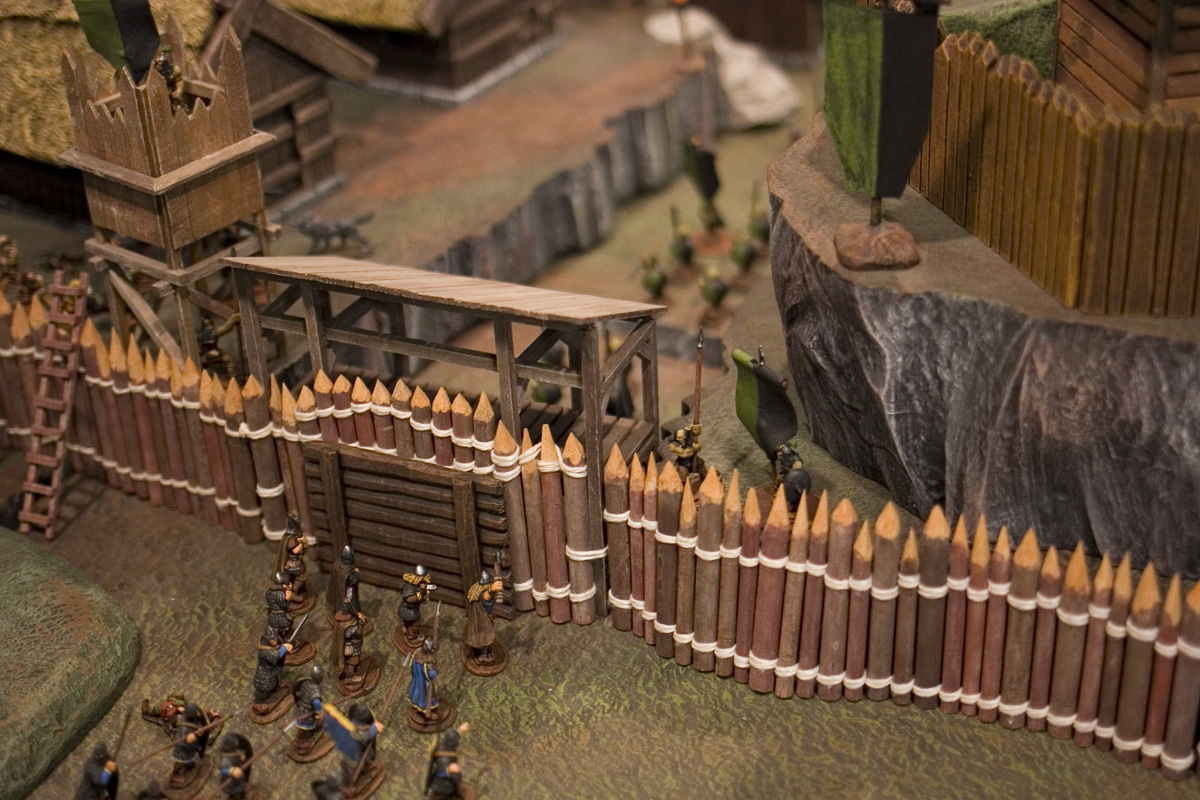
The heavy infantry of King Magnus rushes the gate of the LNH Orc occupied North Gautrian town of Larbro.
The Sverker Clan: “The Iron Clan, The Bandit Clan”. The Sverker King Kvig Melgarson rules North Gautria, but many say Kvig’s uncle Skala Grimson, the Jarl of Jarlin has more sway among the clans. The Sverkers are fierce warriors whose jarls are known for their effective diplomacy and ability to hold together feudal coalitions against Gautria’s many enemies. They are considered the “Iron of the North”. Clan Sverker’s smiths are renowned for their iron smelting and weapon making abilities.
The Vastar Clan: “The Boat Clan, The Pirate Clan, The Slave Clan”. This once powerful clan has seen many of its jarls slain in recent battles against the Orcs of the League of Nil-ith Horn and their Great Northern mercenaries. In the north, Kvig the Bandit king has conspired to dispossess their valuable holdings. Kvig granted the Vastar’s birthright, the rich mines of Hellgate, to Kildarians of House Voclain. Once known as the hardest working clan, the Vastar are now openly mocked and called the “Slave Clan” for losing so many holdings to orcs and men alike. Still, Clan Vastar are the most skillful shipbuilders and sailors in all the Gautrian Lakes, qualities which allow them to dominate the Hedemark, a Gautrian peninsula between Lake Sund and Lake Kisilev not ruled by either of the two kingdoms. The Vastar of the Hedemark are considered pirates and untrustworthy because of their frequent dealings with the League of Nil-ith Horn.
The Skane Clan: “The Stone Clan, The Bonder Clan”. They are by far the largest and poorest of all four Gautrian clans. No jarls and only a few warlords hail from Clan Skane; instead they are renowned as quarry workers, stone cutters and for their skill in agriculture. Clan Skane is often called the “foundation of Gautria” and their farmers joke that it is the many stones in their fields which earned them their nickname “the Stone Clan”. Some of Clan Skane claim no land or lord, roving the lands of Gautria seeking trade and other opportunities. A few of these traveling merchants or “Rovers” have become quite wealthy plying the dangerous roads of the two kingdoms and beyond.
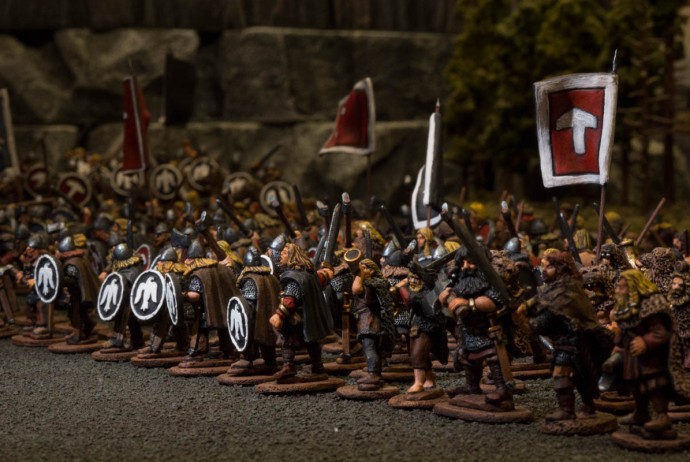
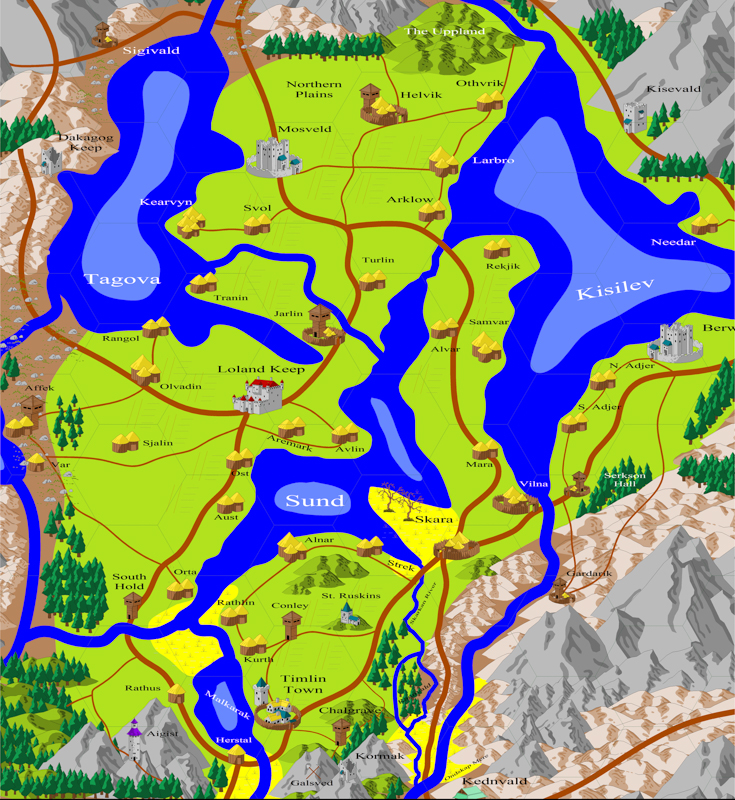
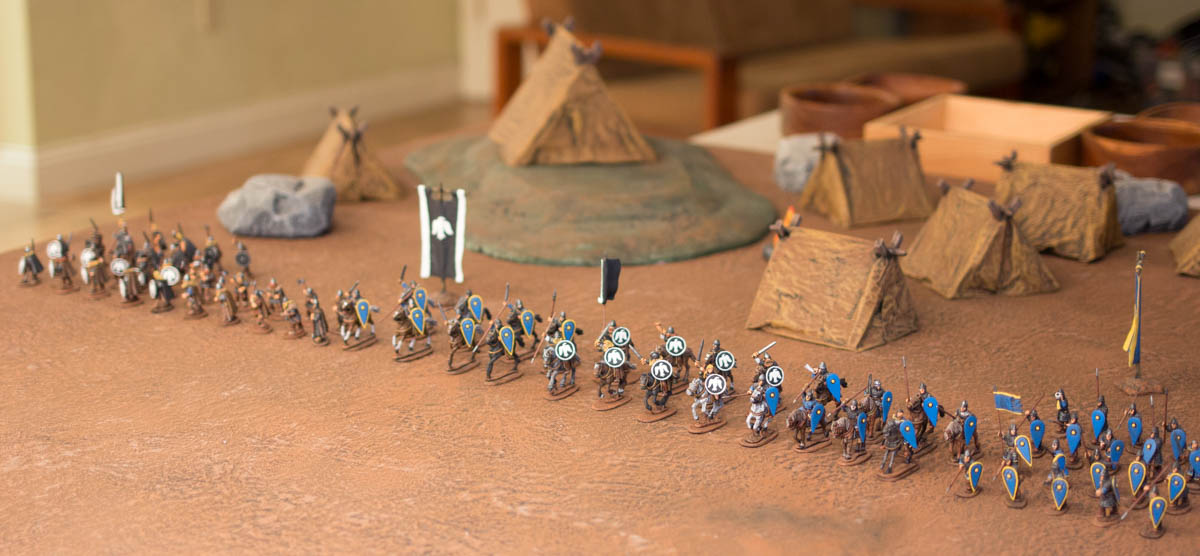

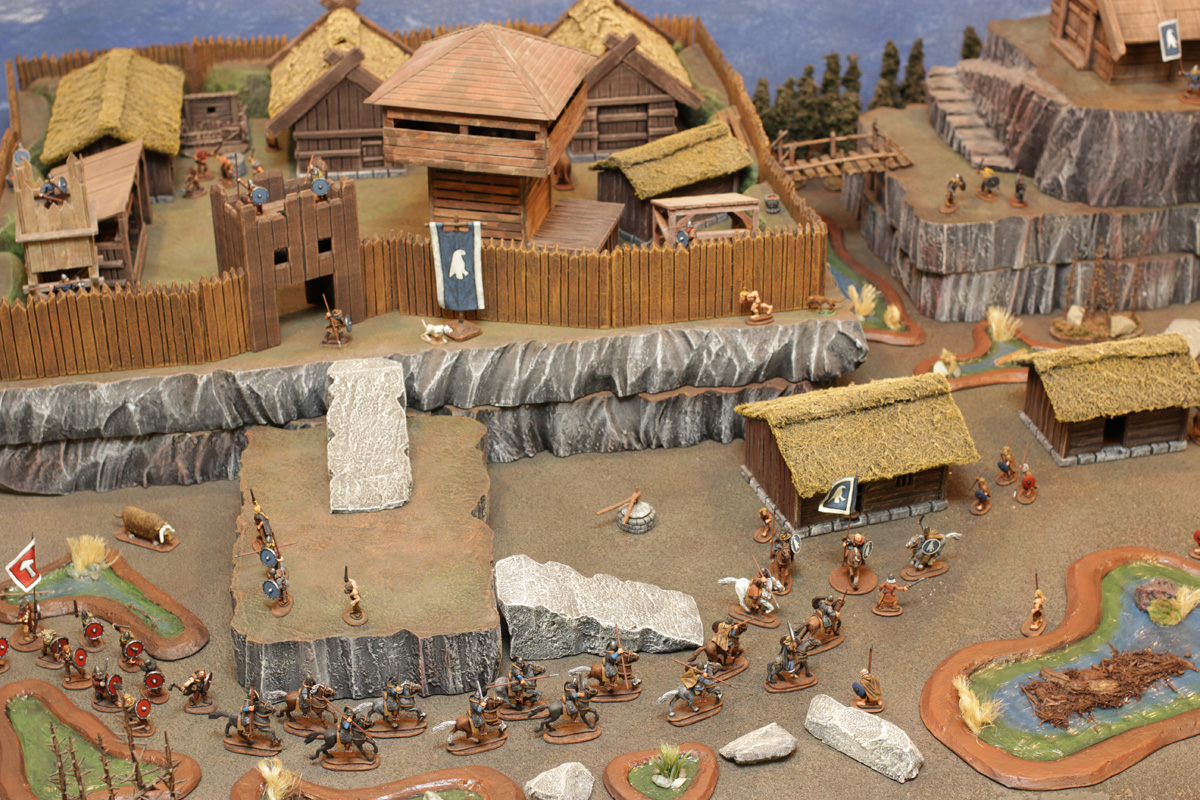
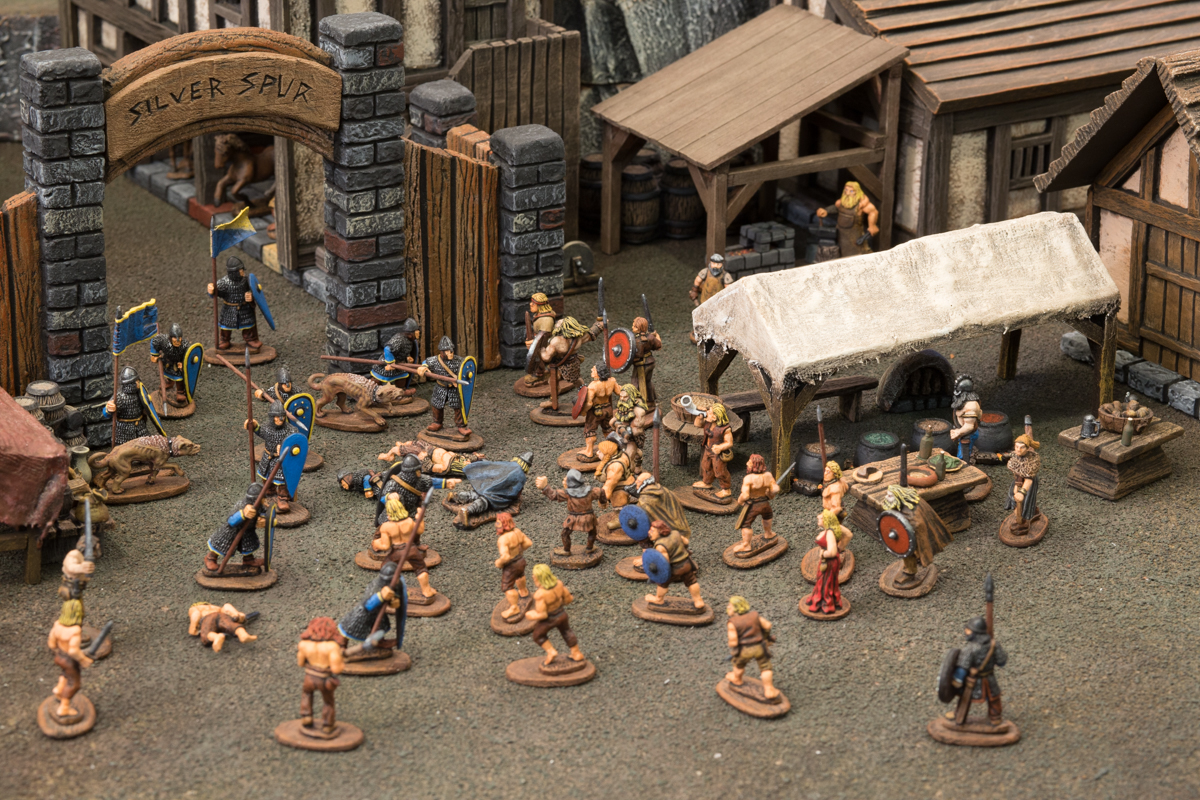
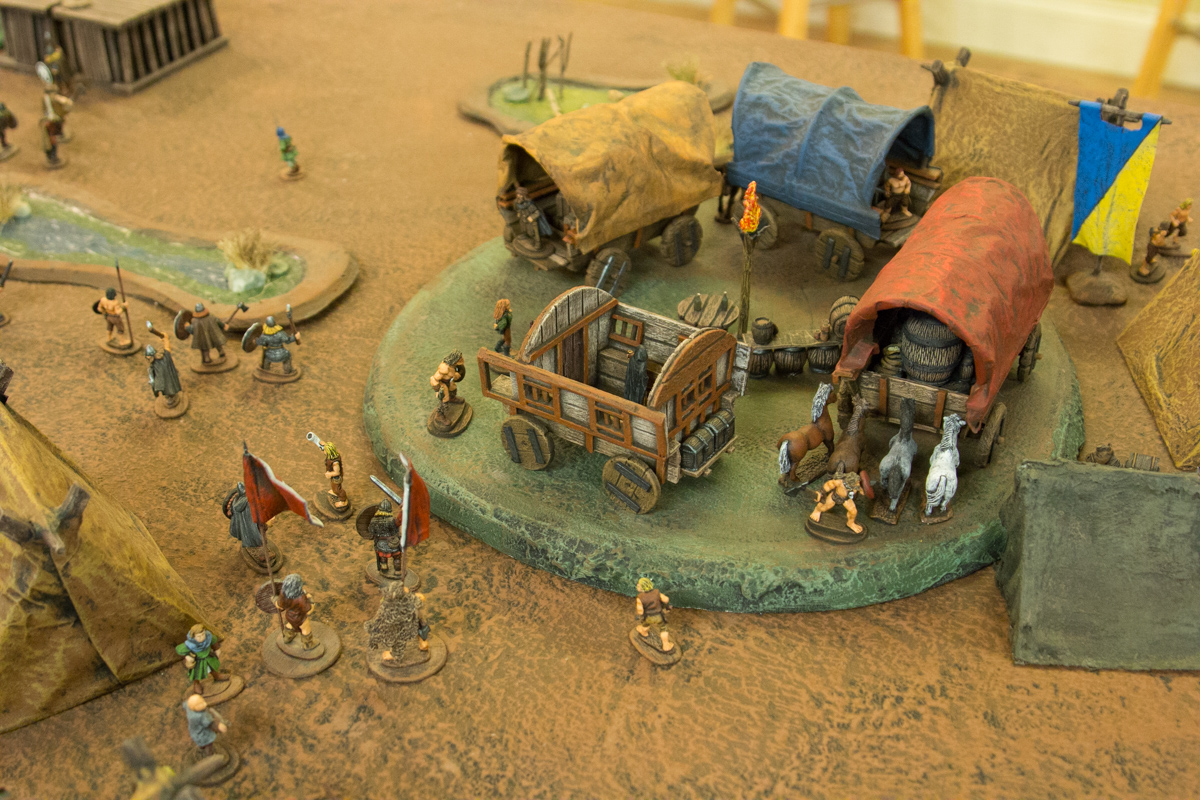
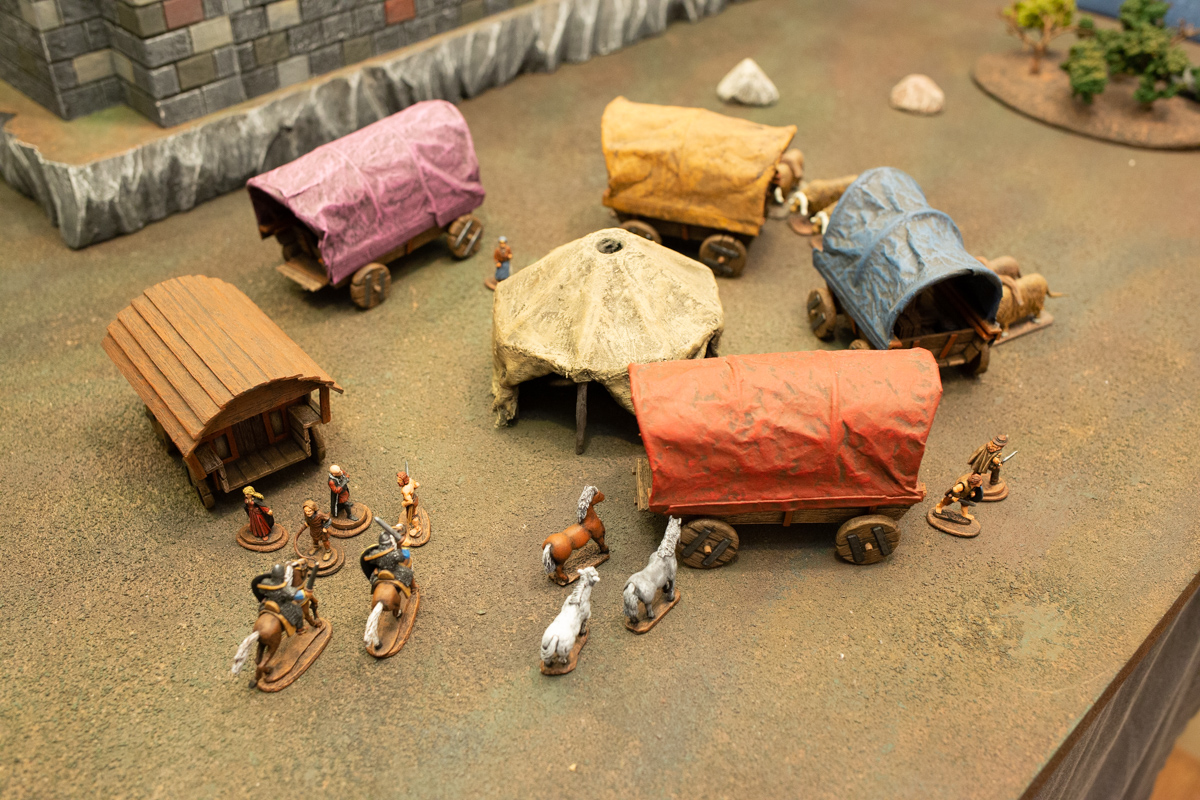
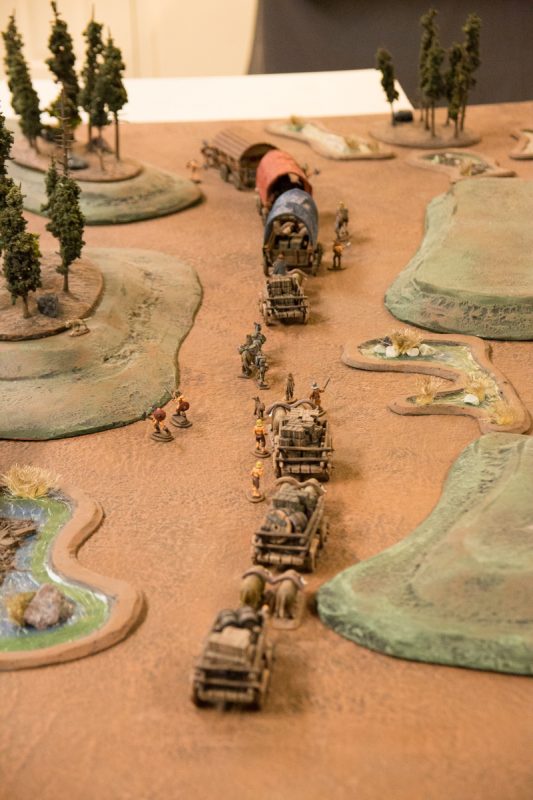

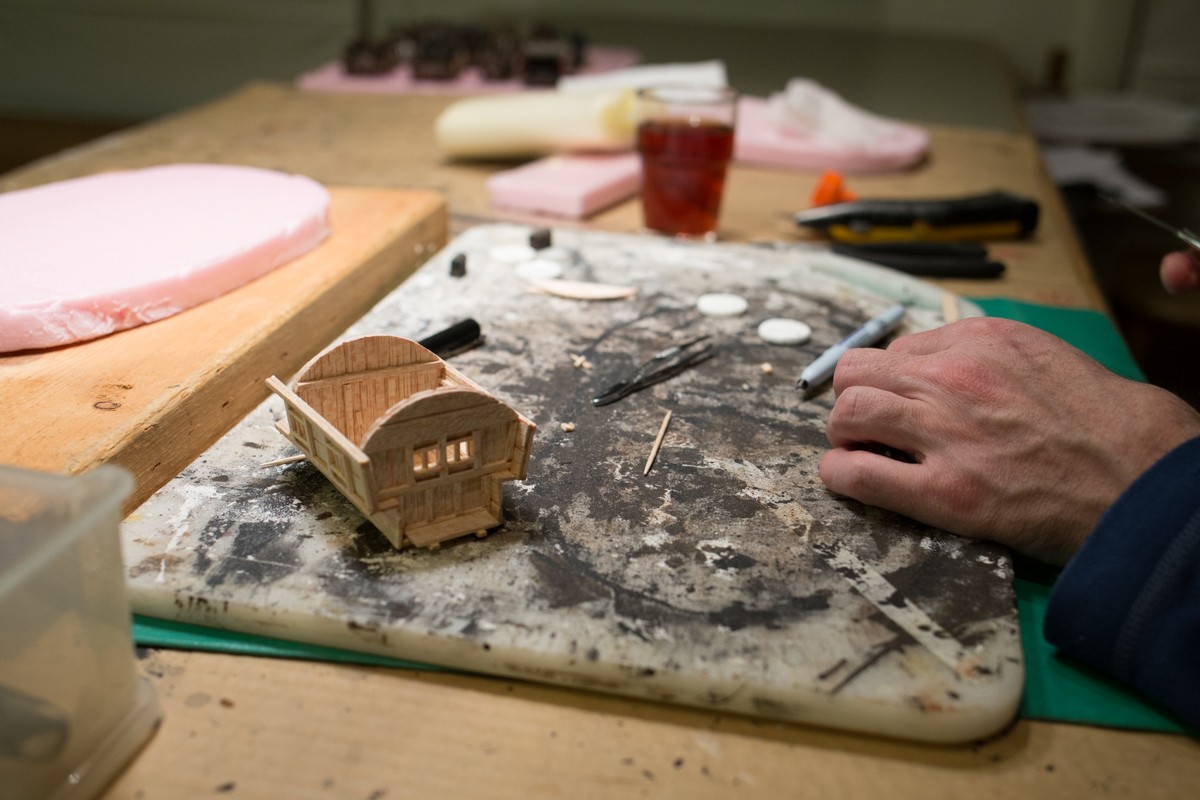
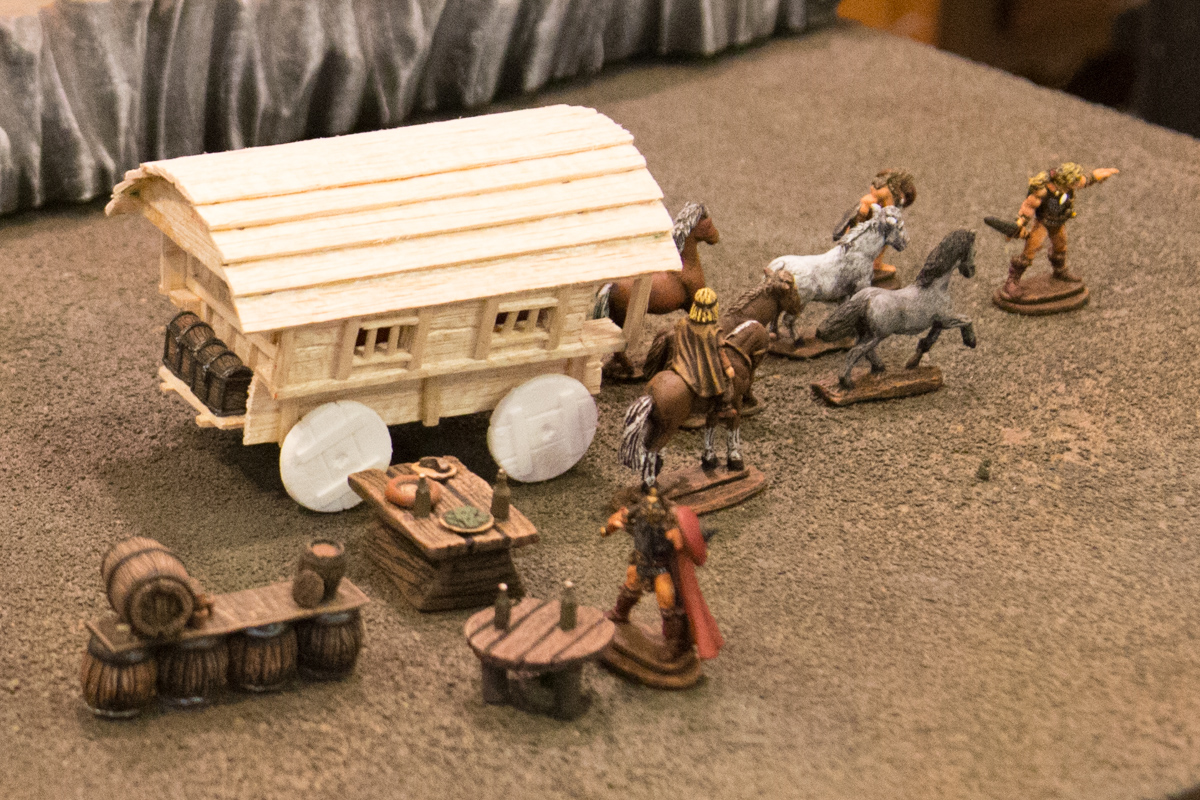
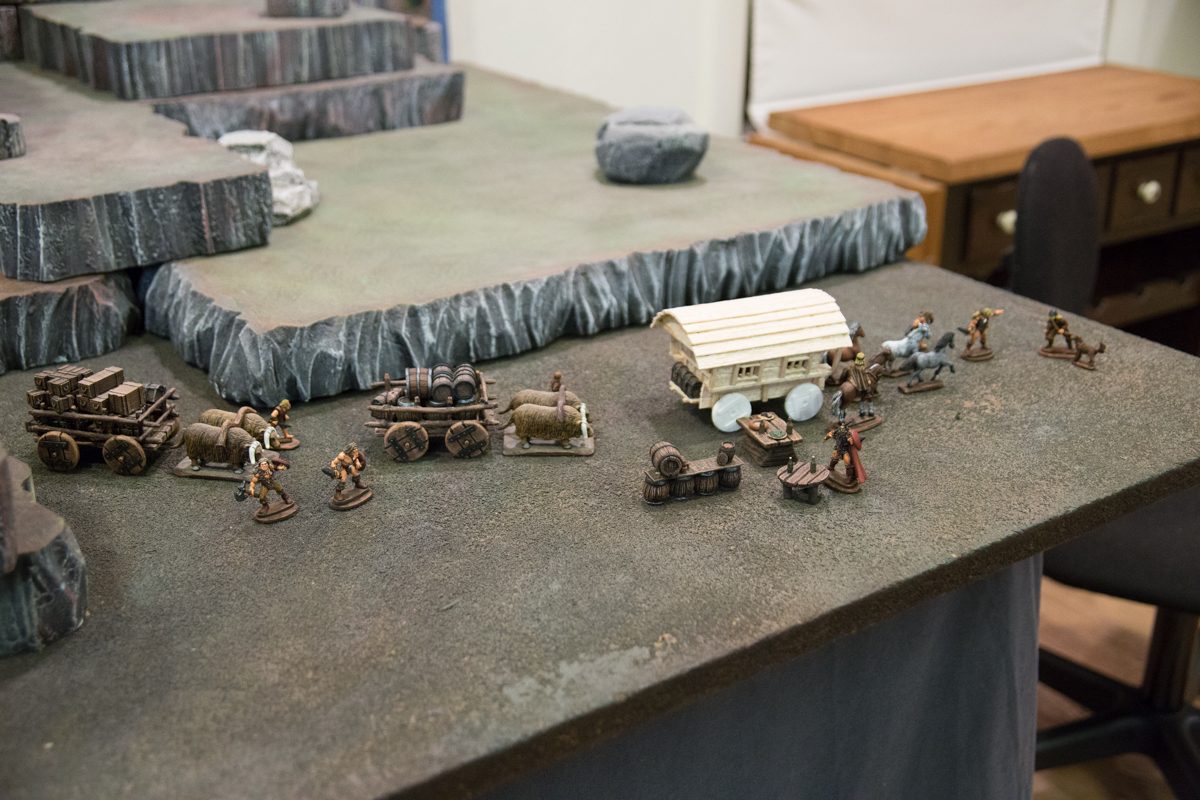
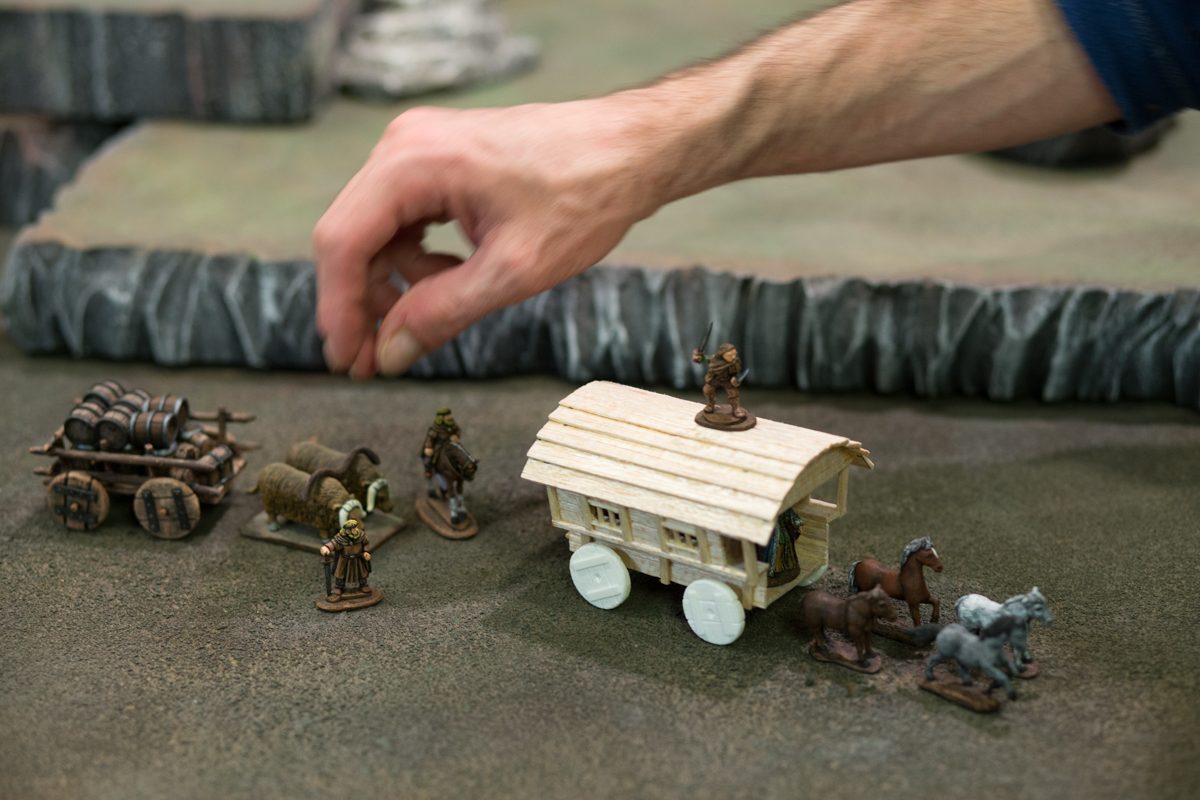
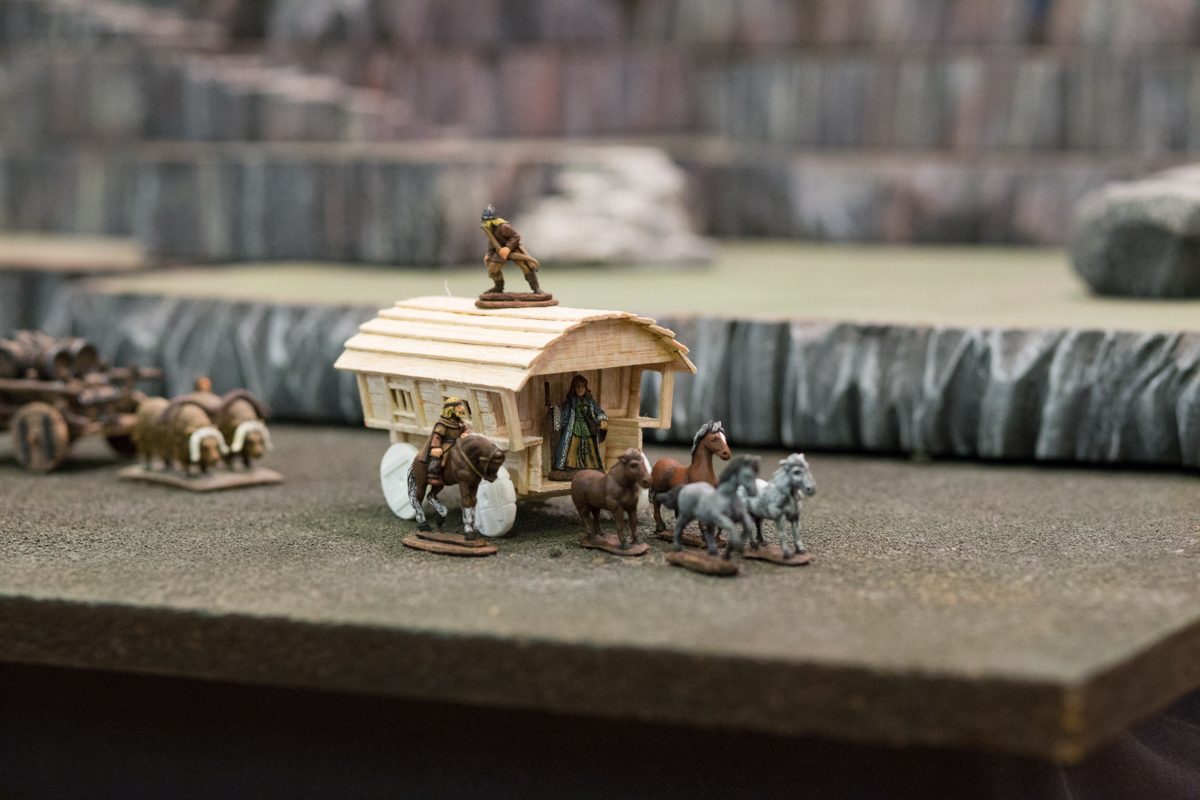
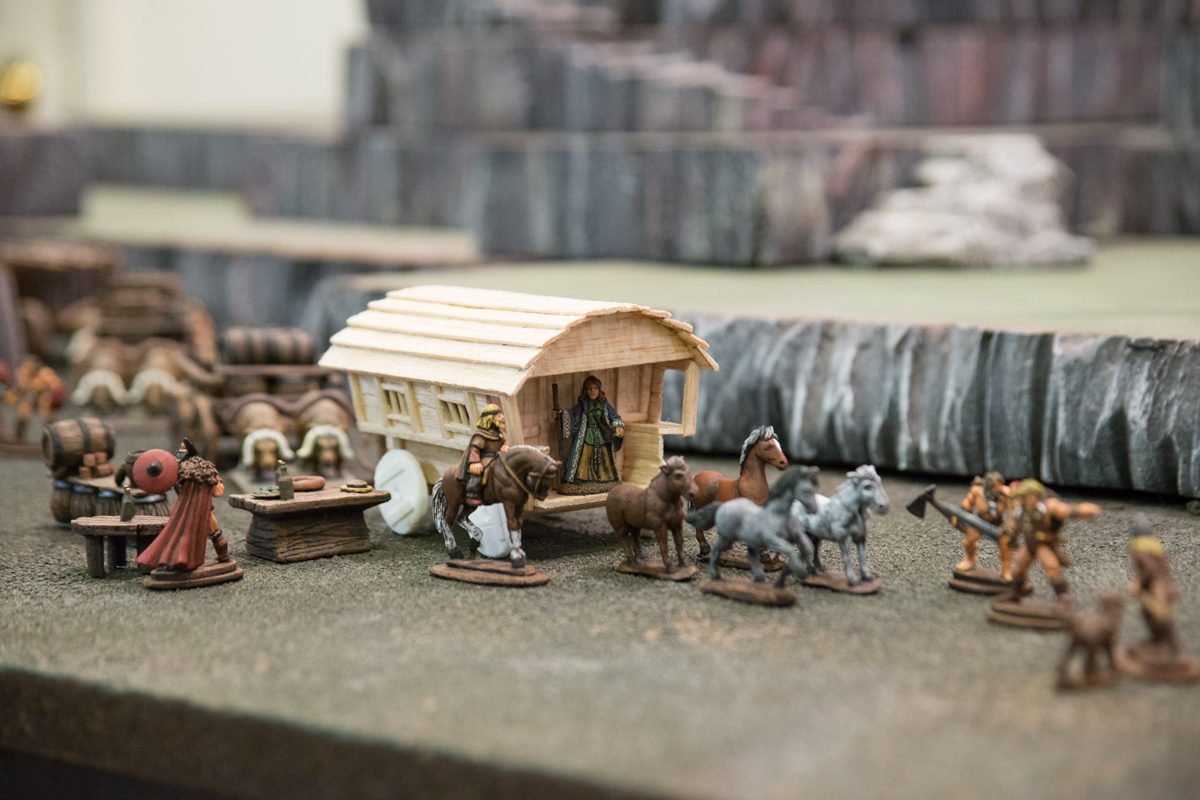
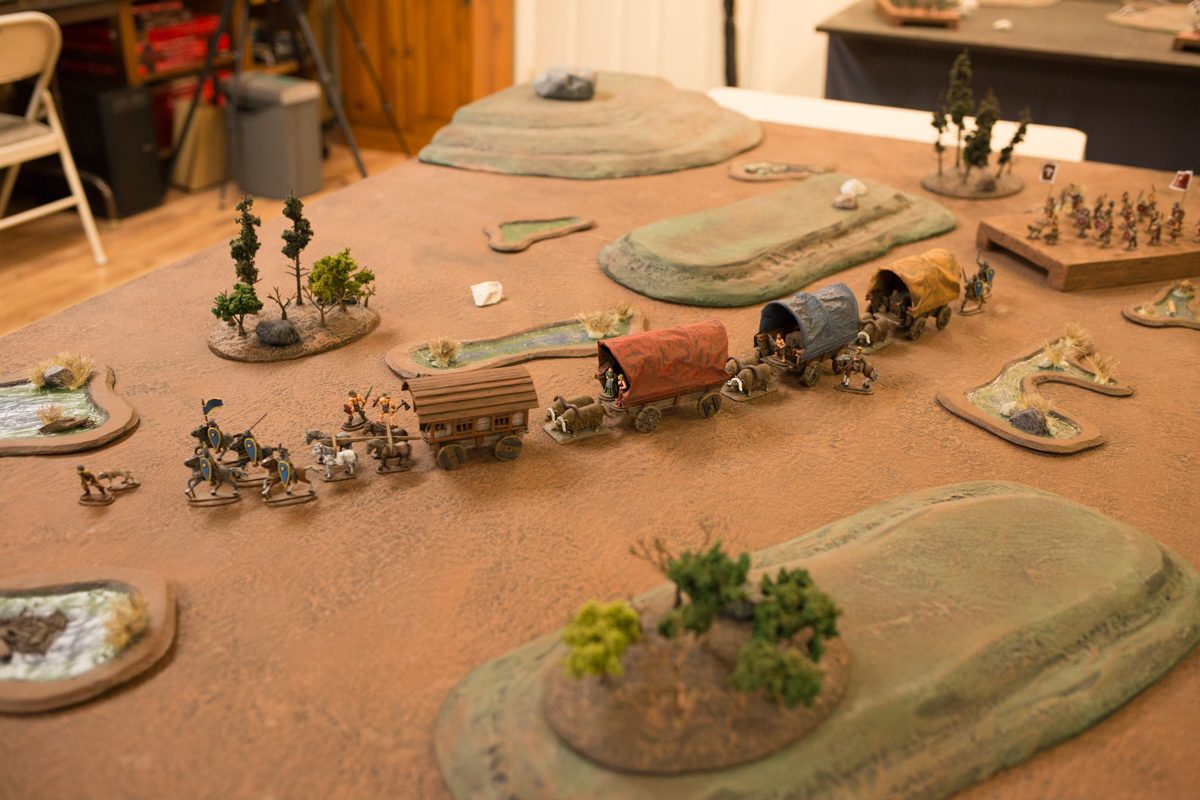
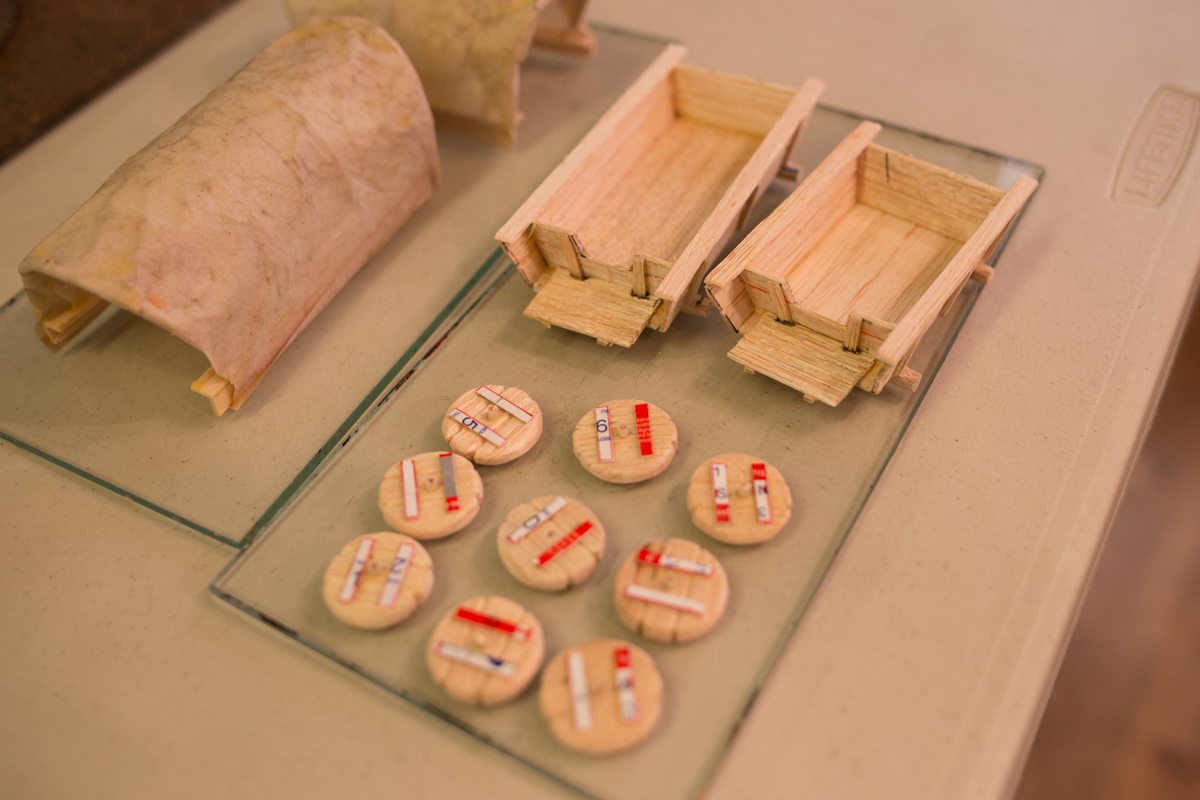
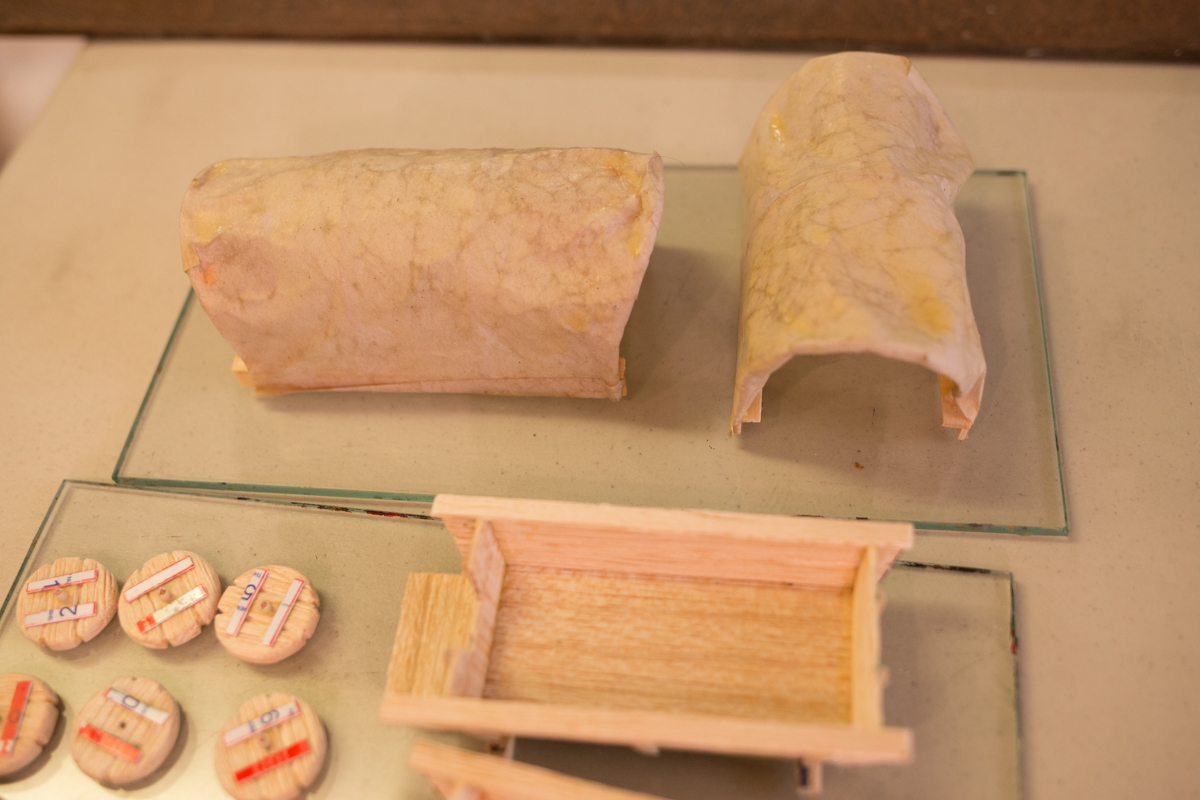
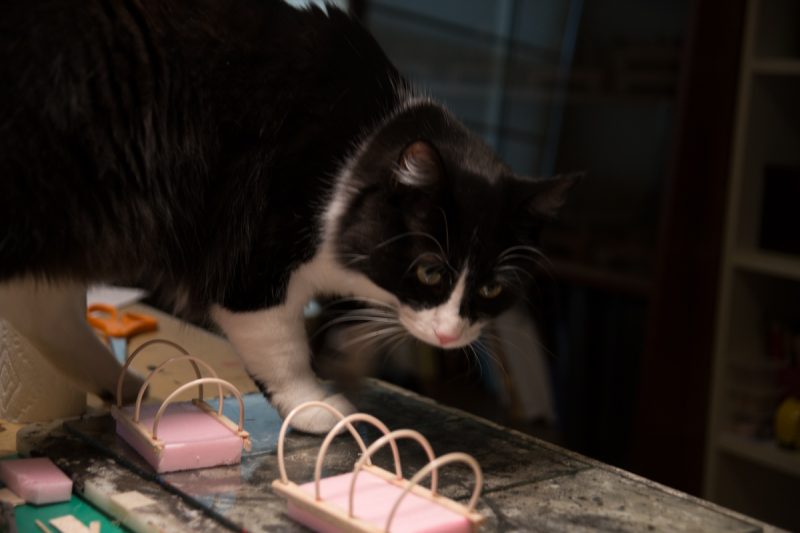
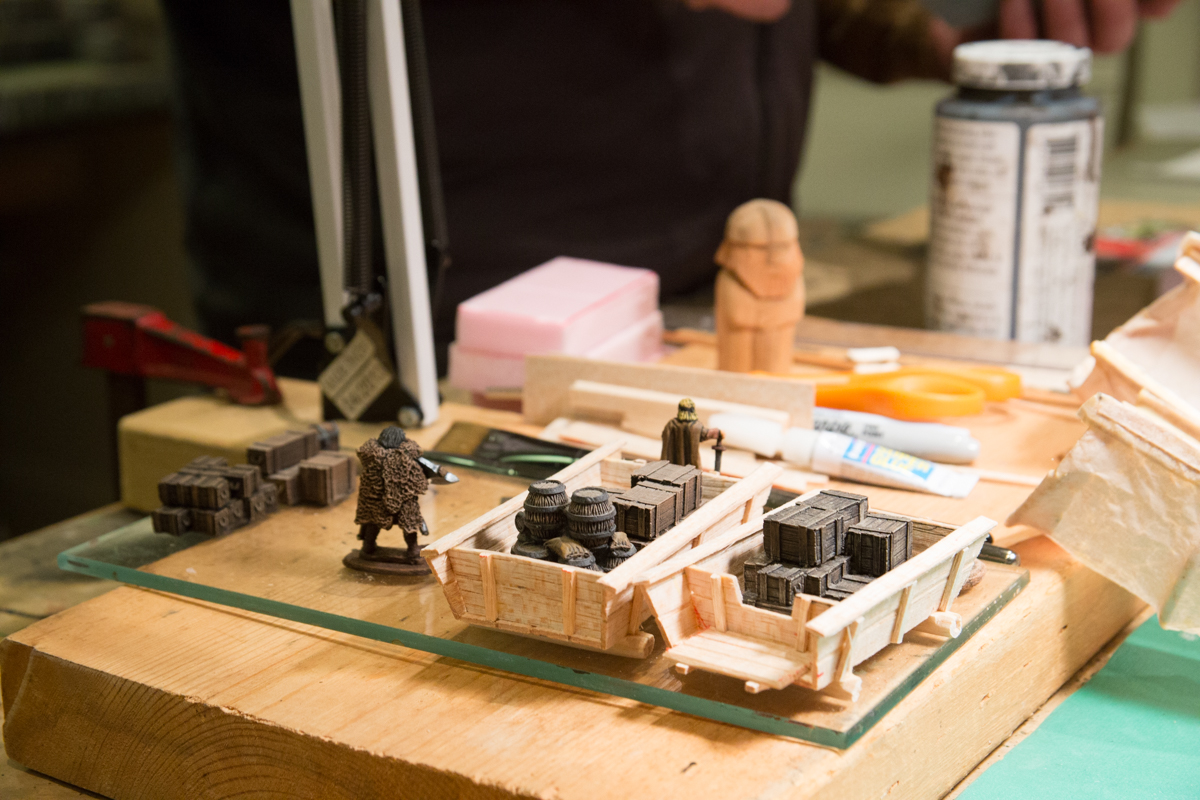
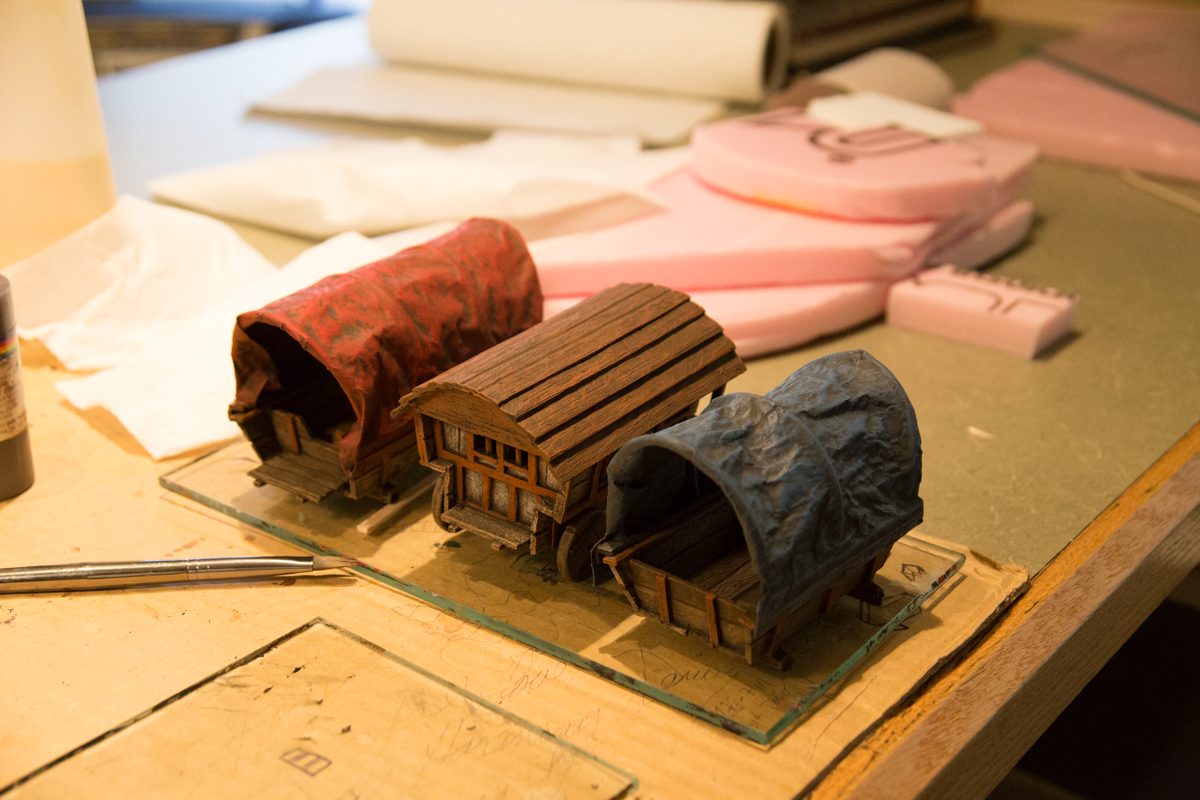
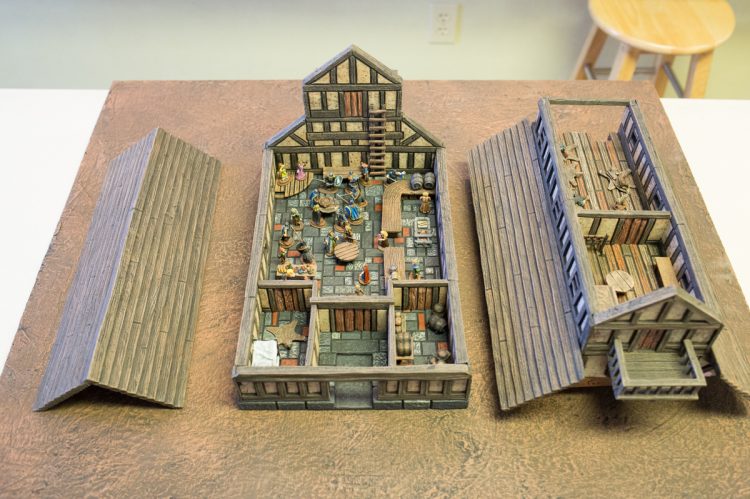
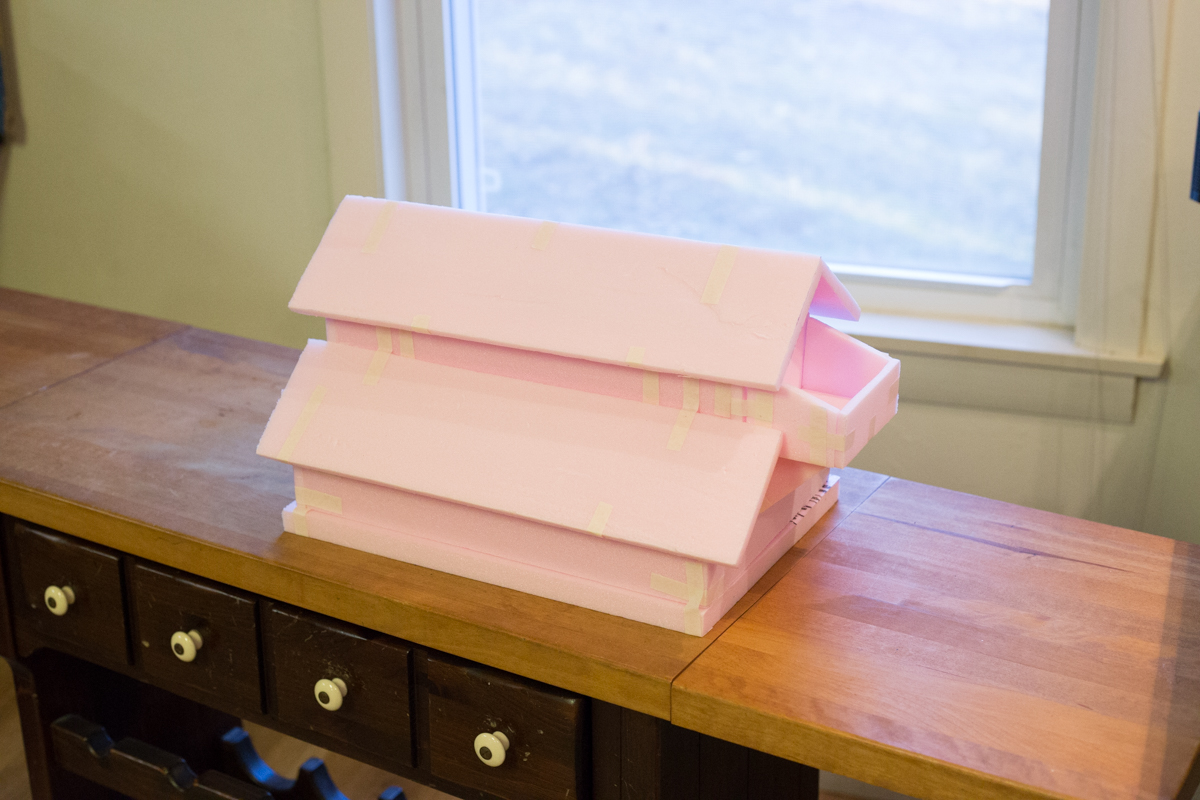
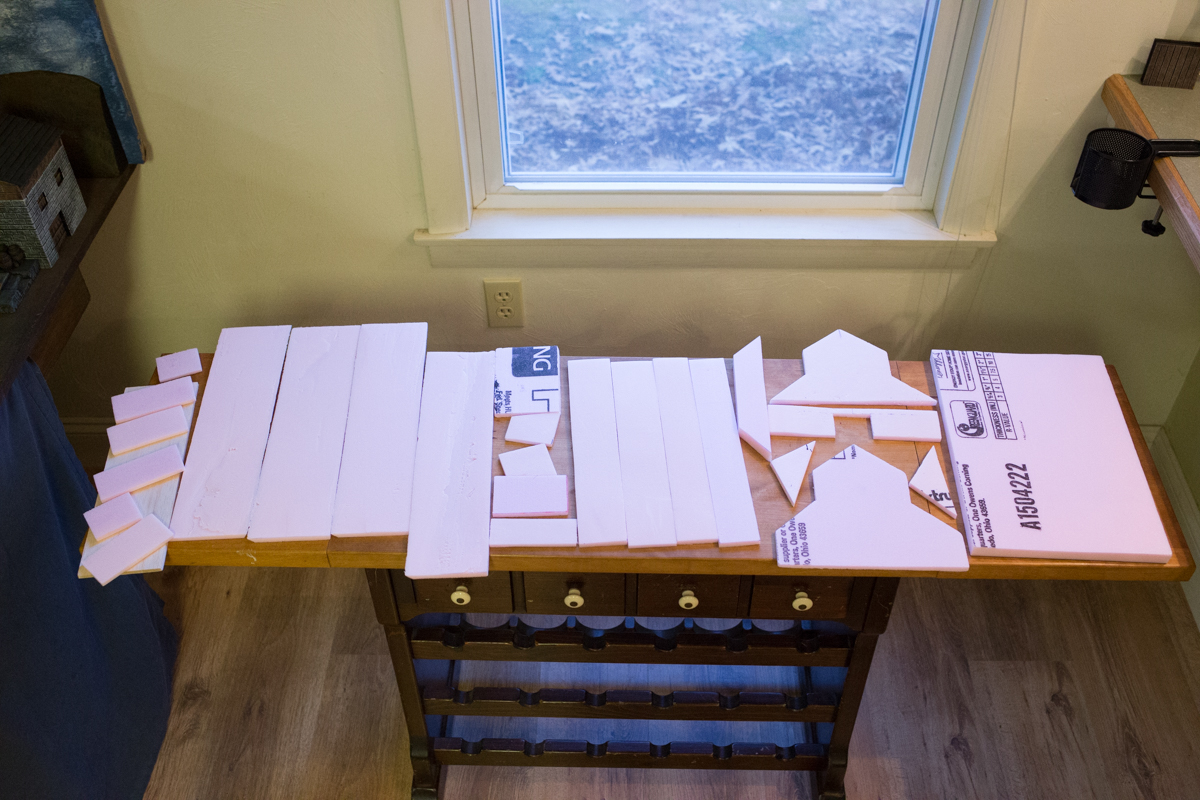
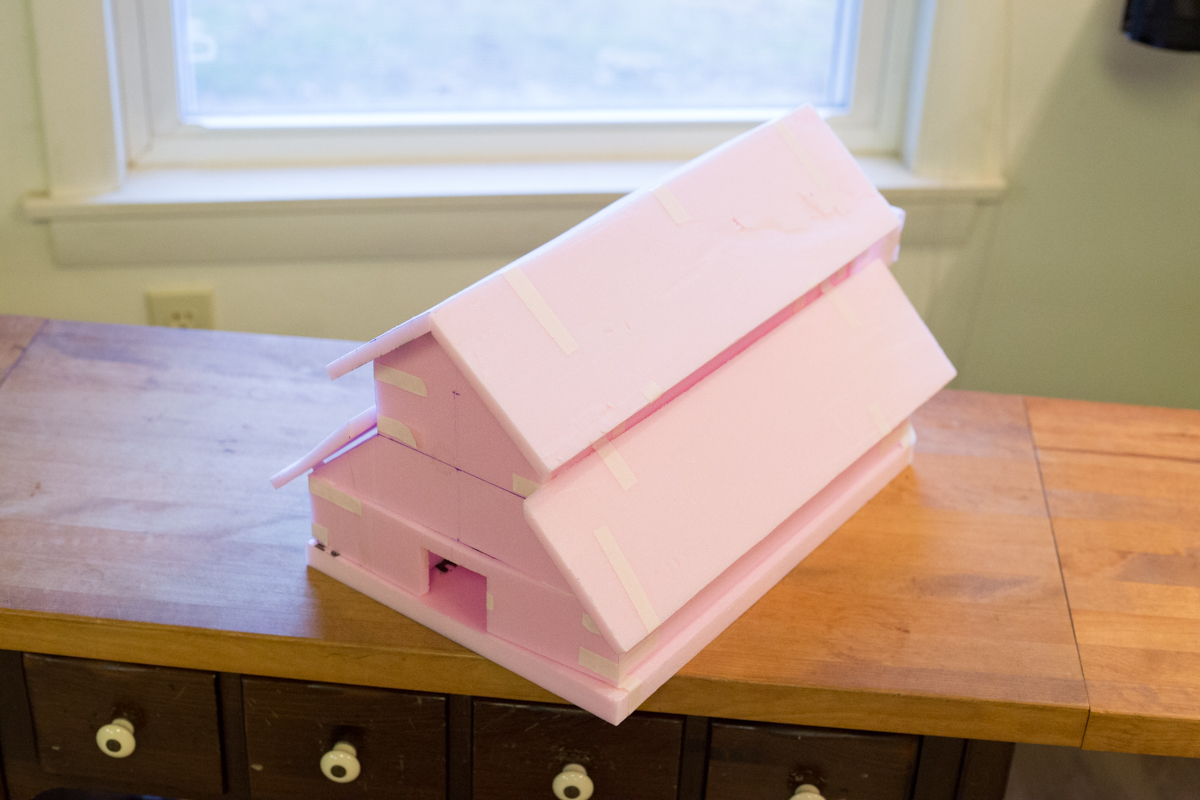
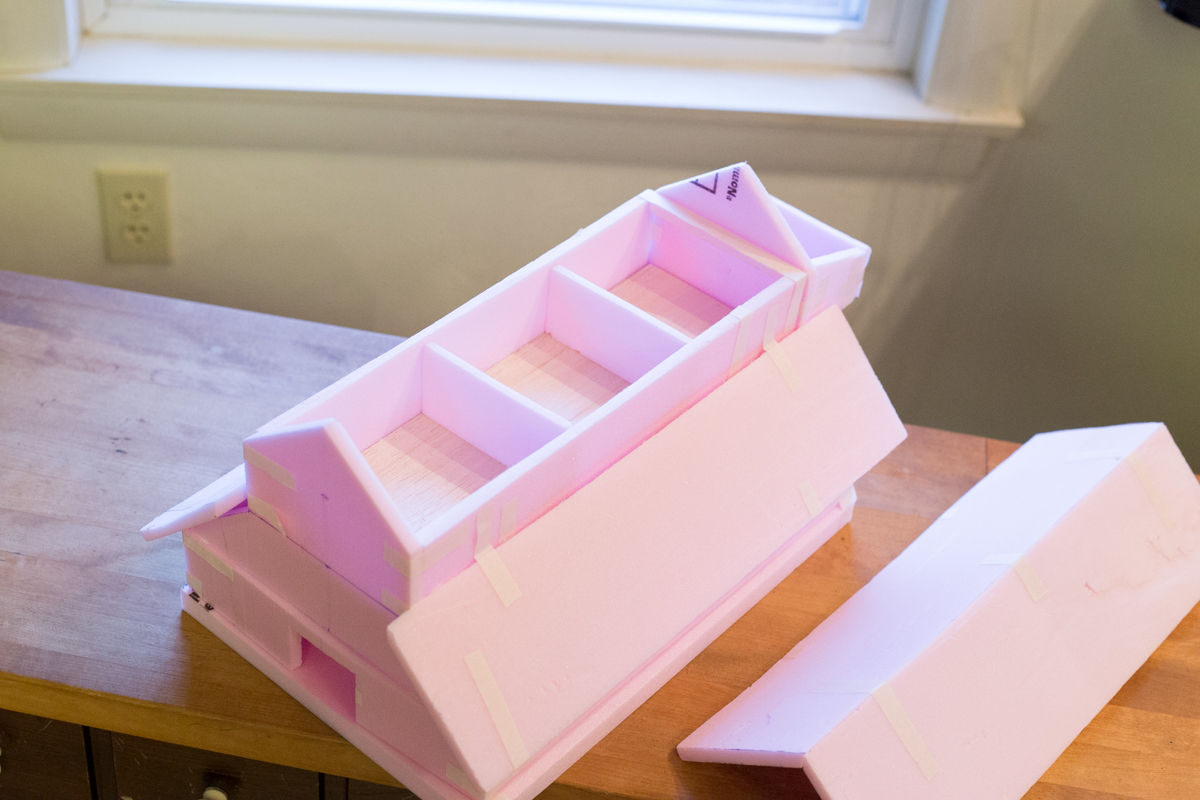

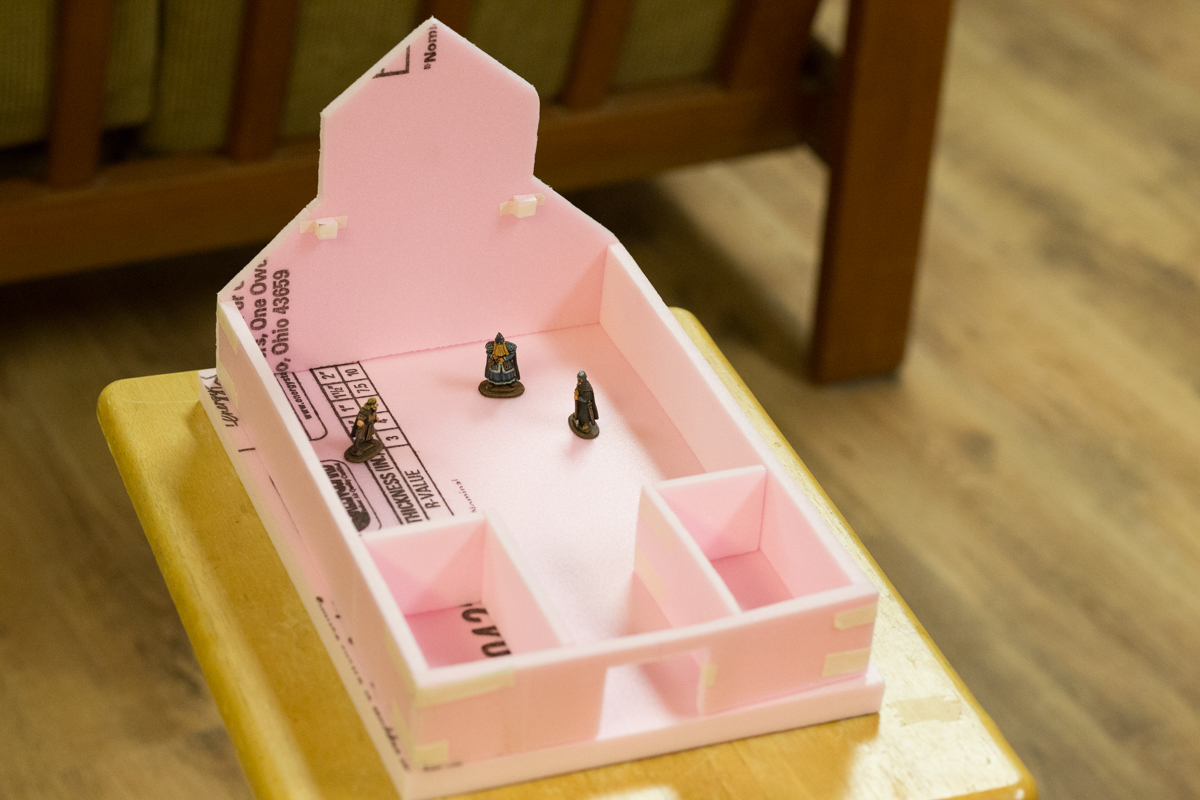

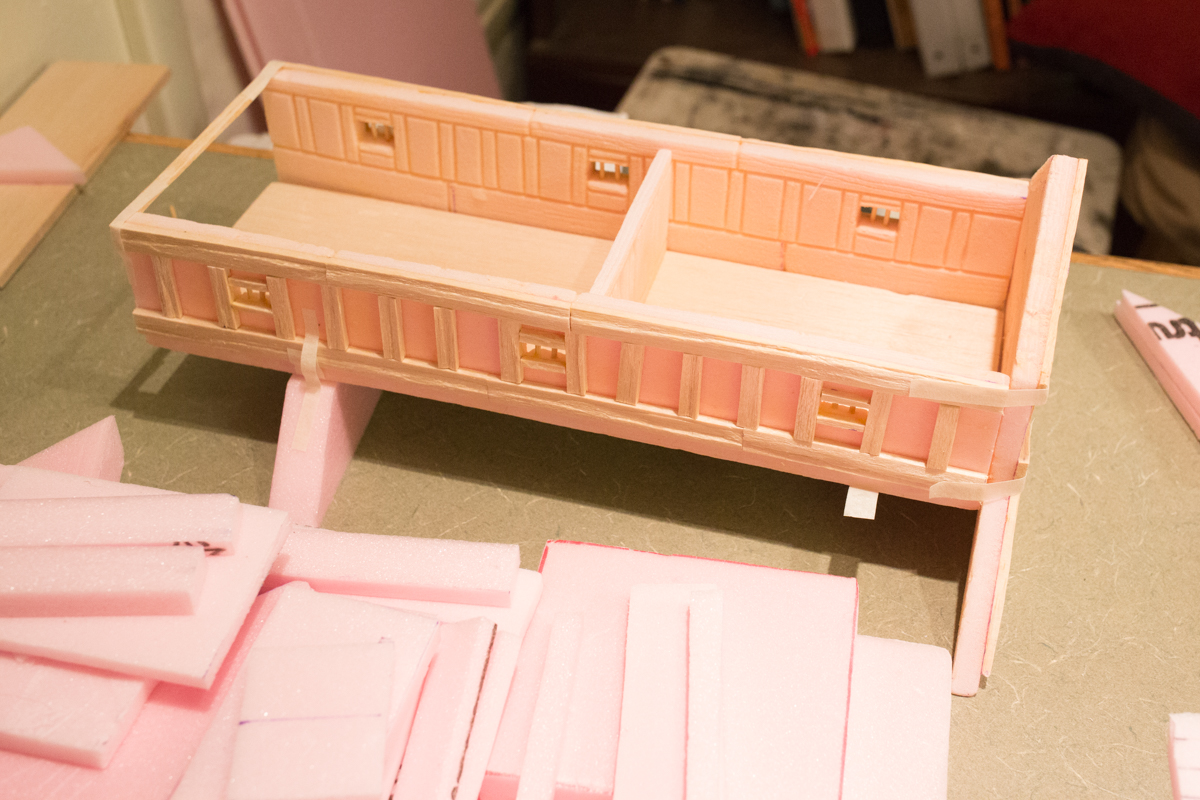
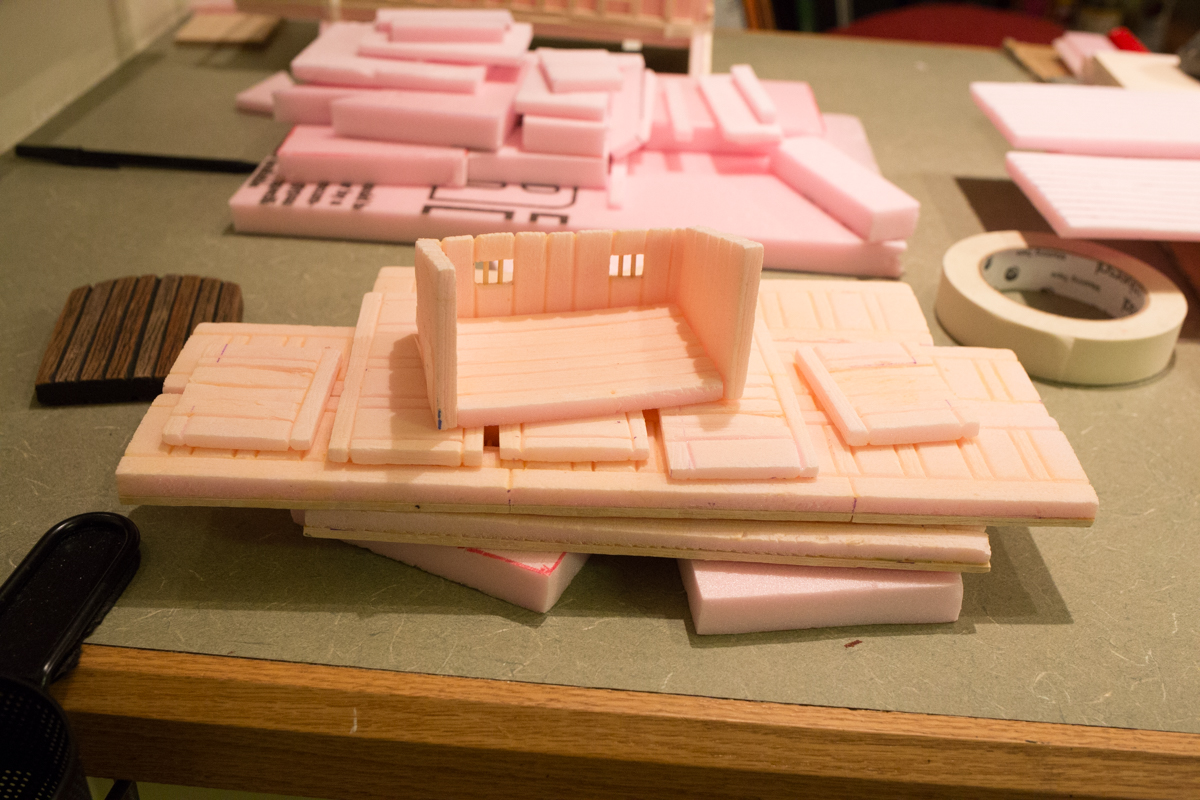

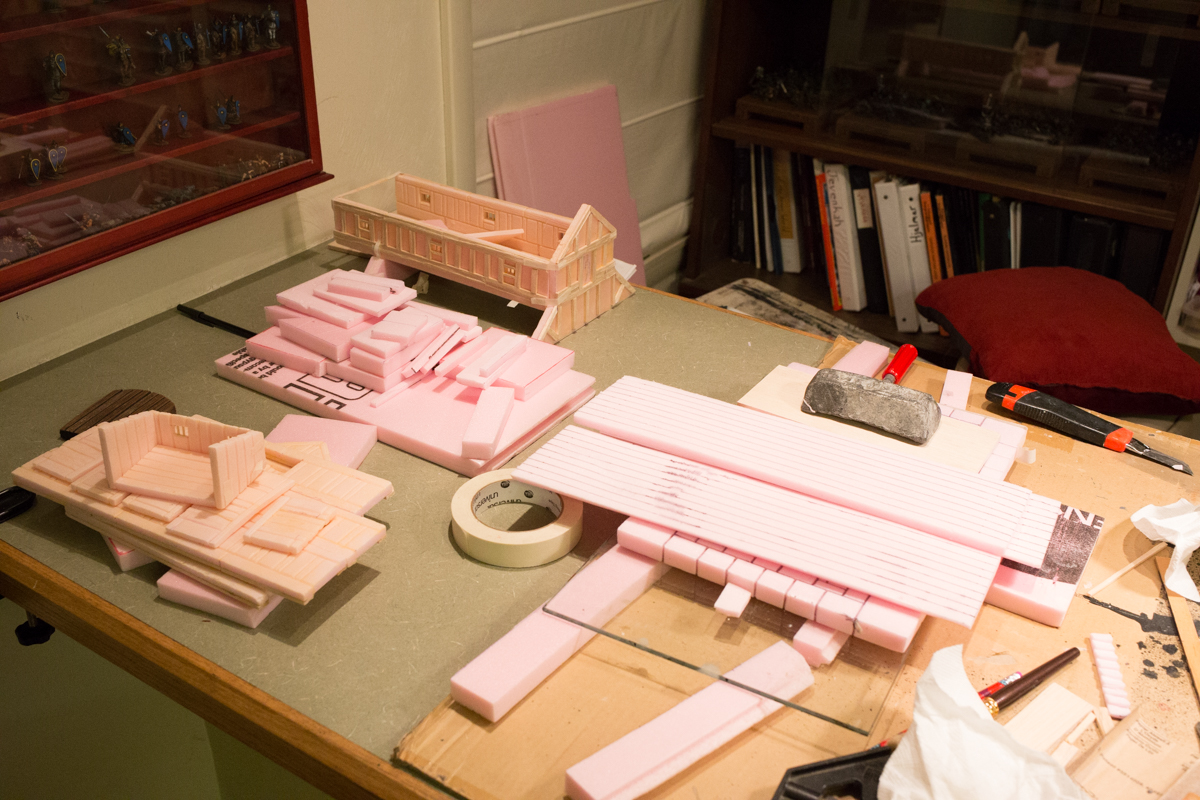
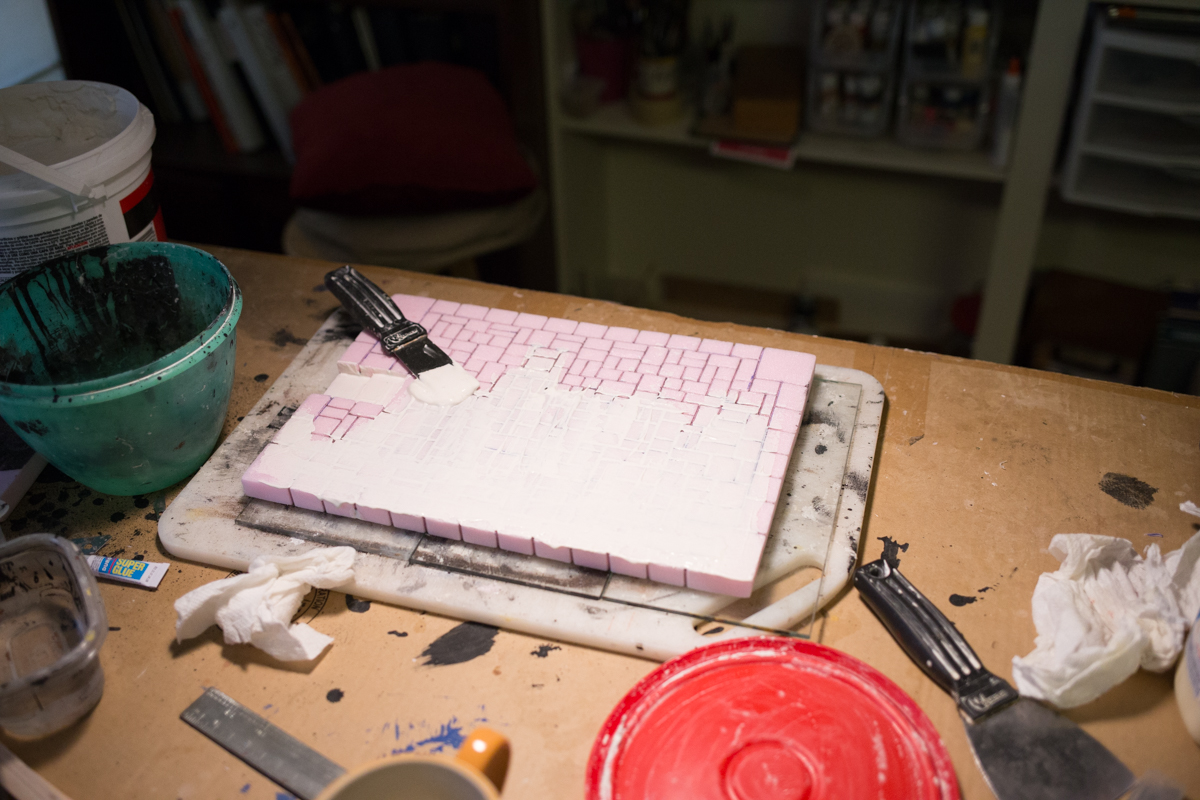
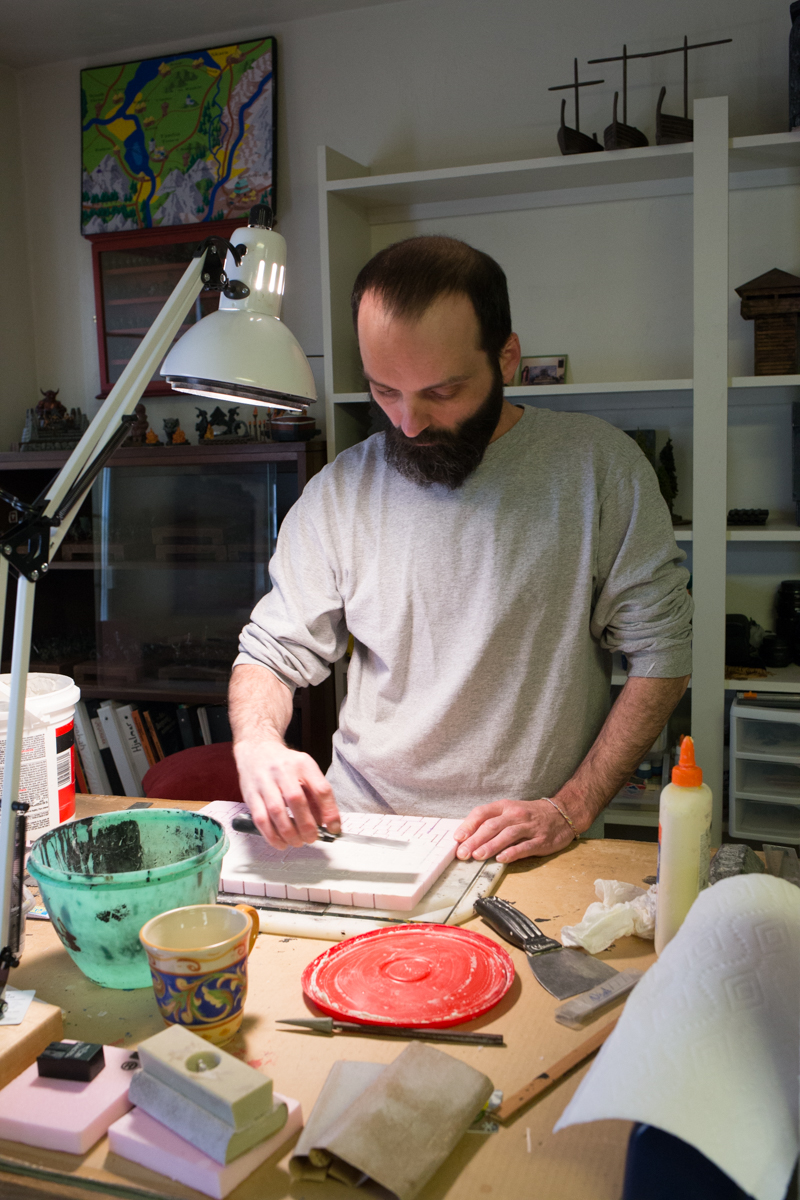
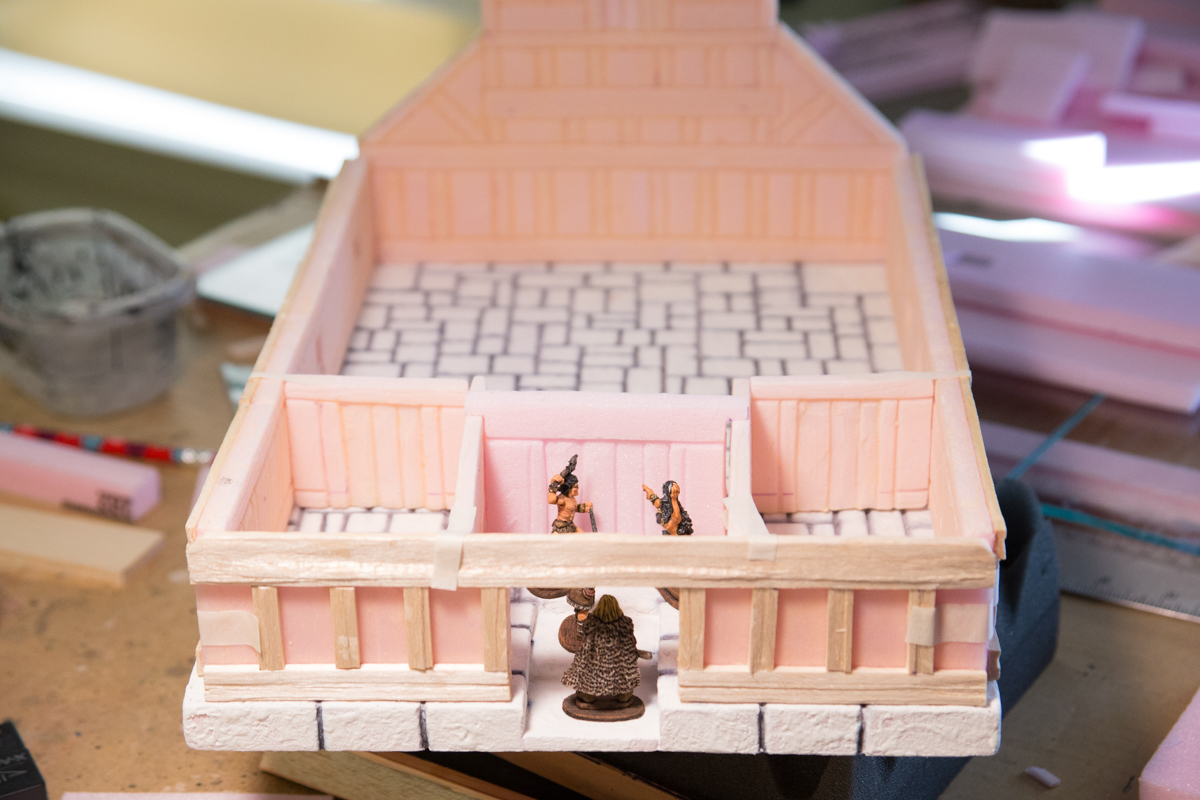
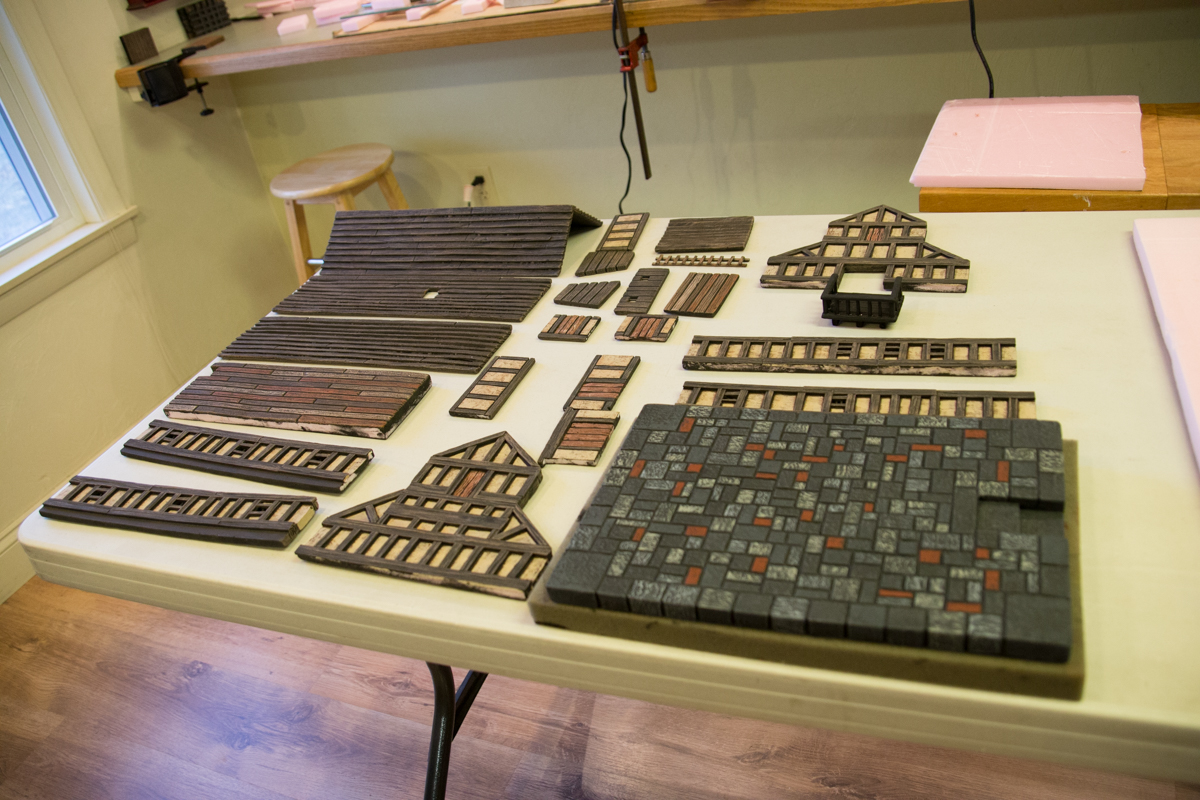

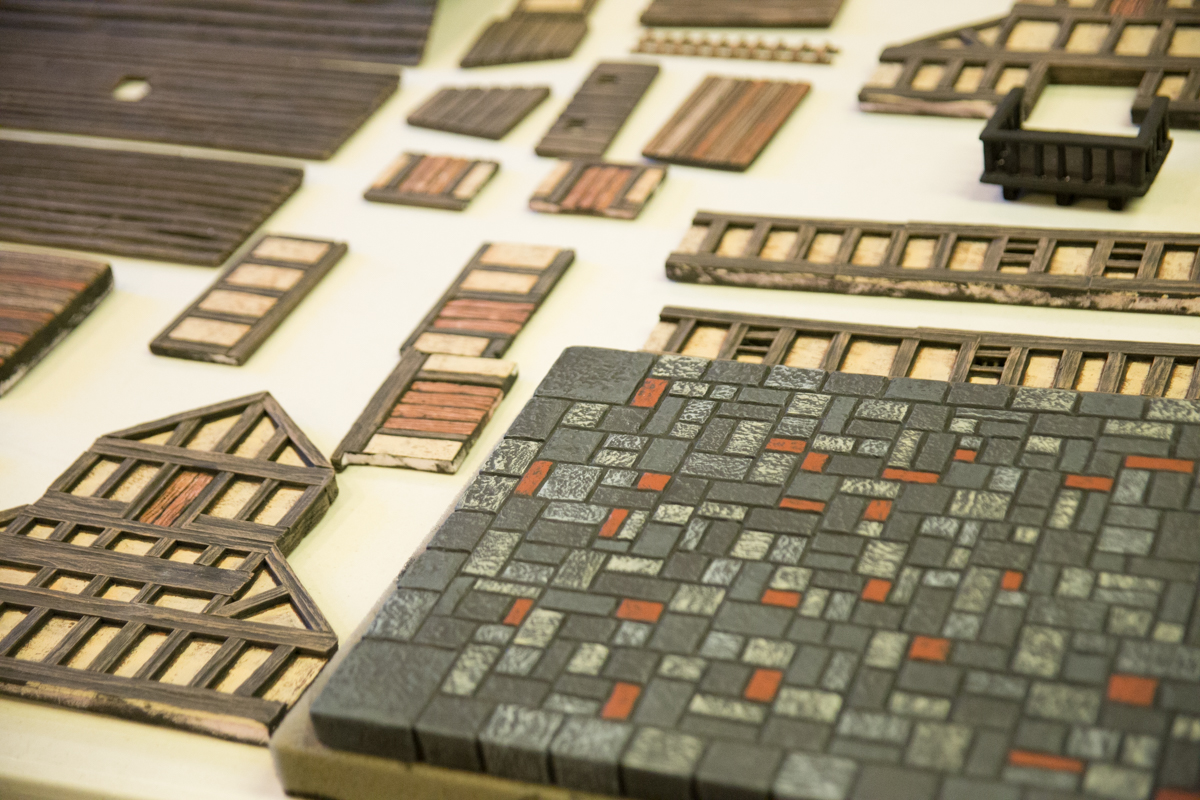

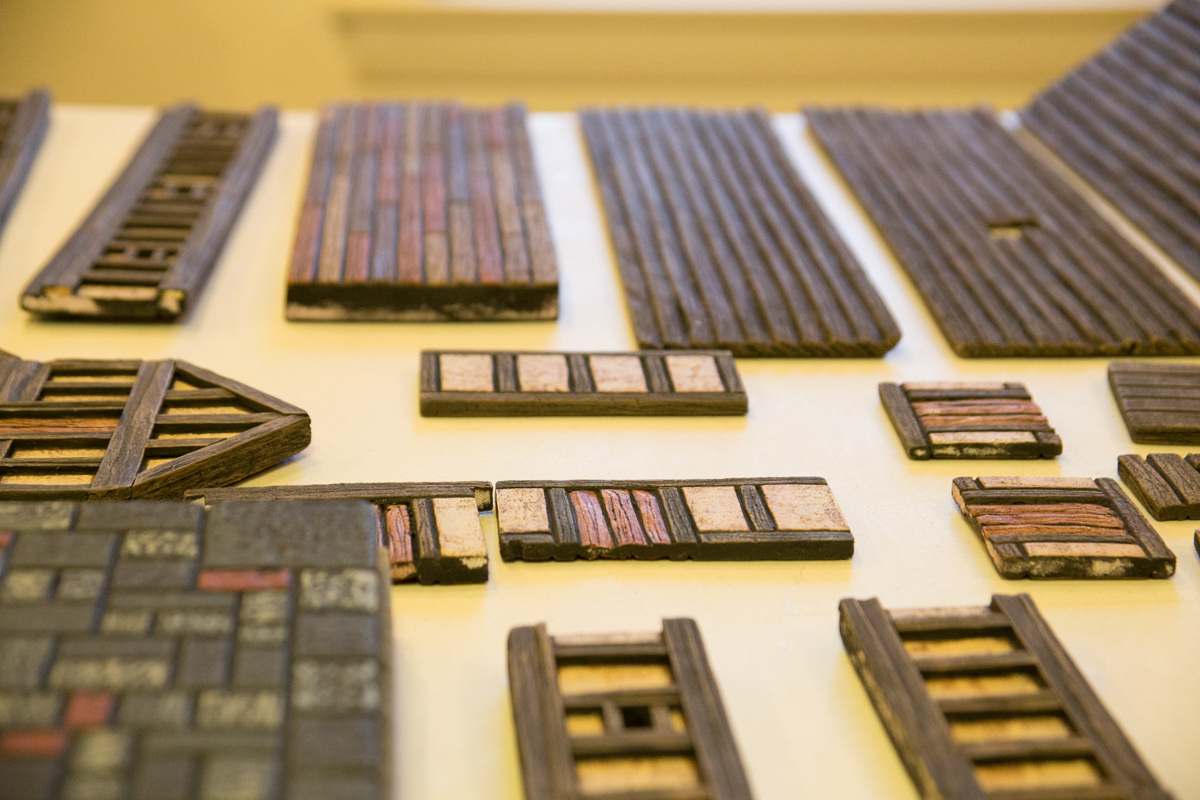
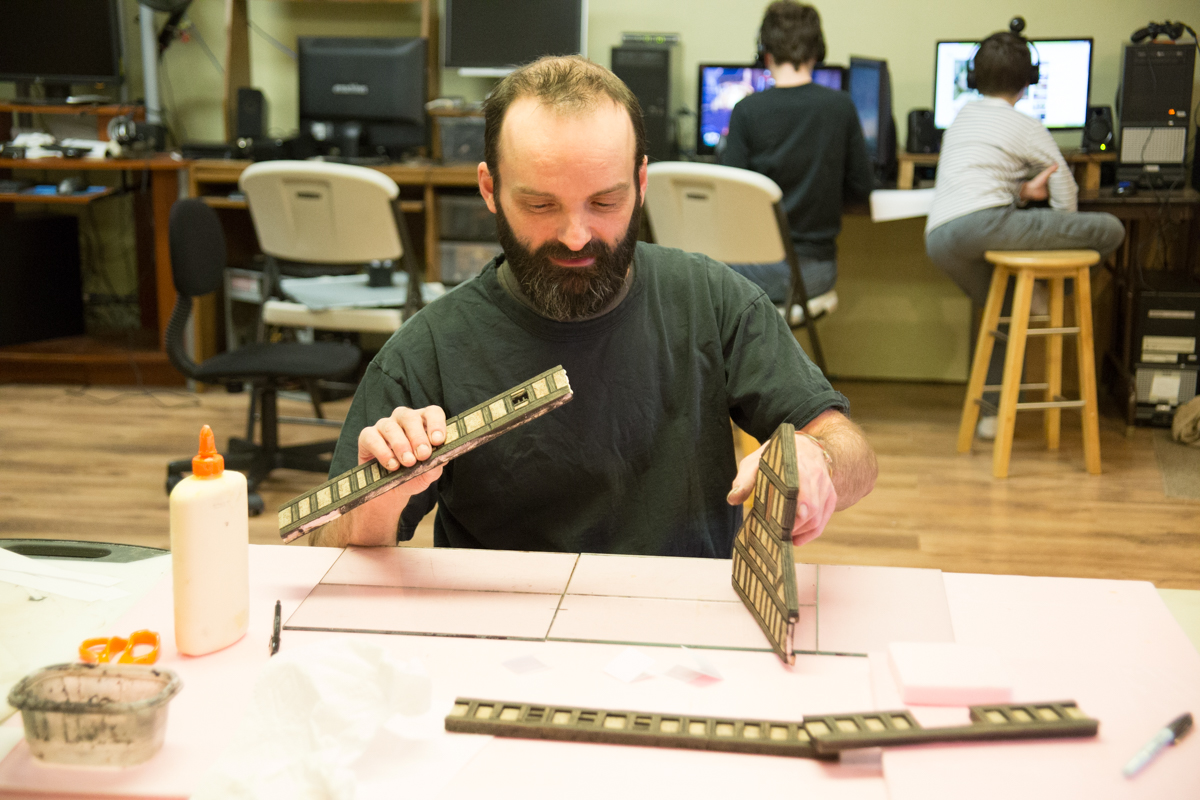
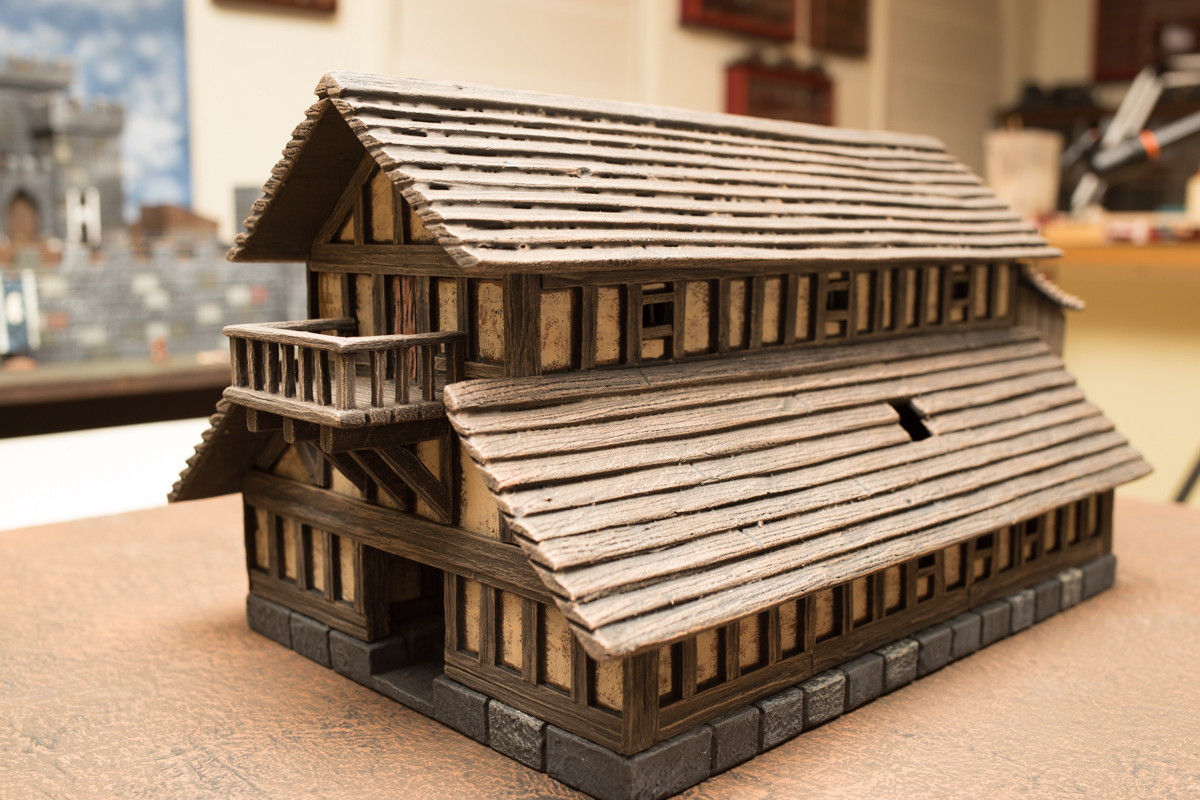
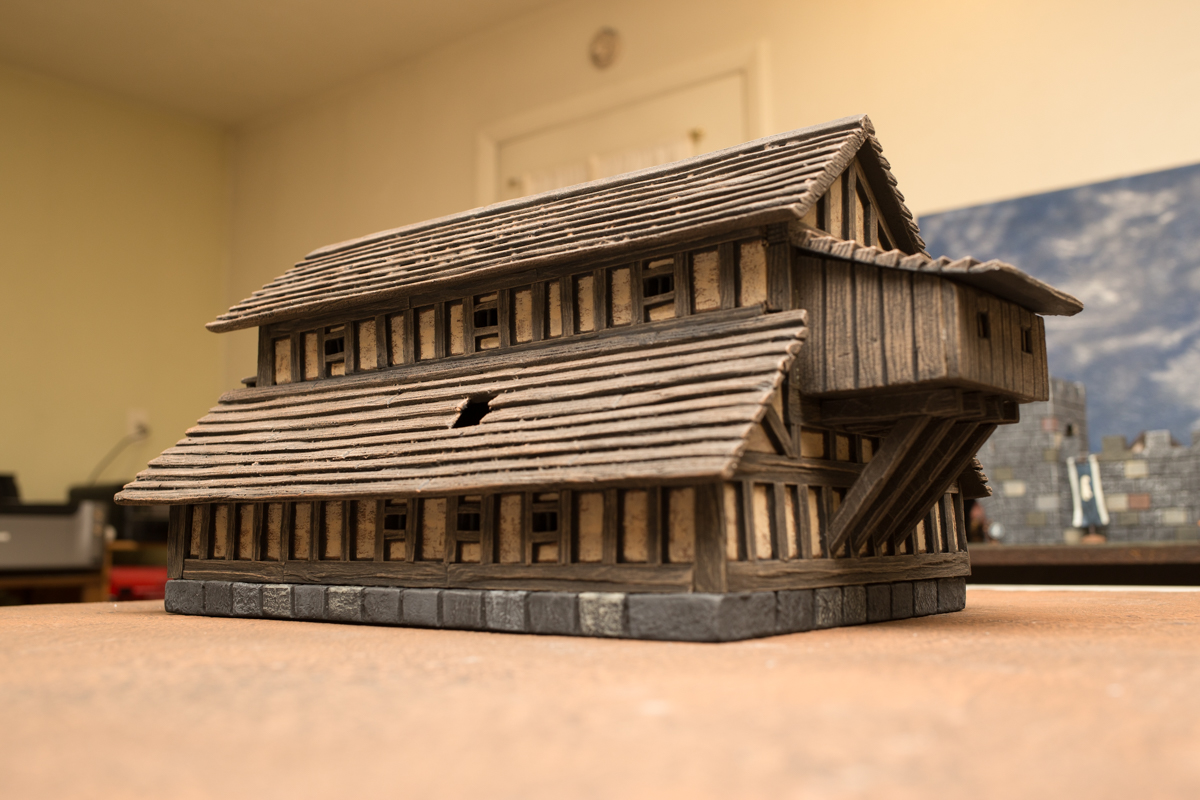
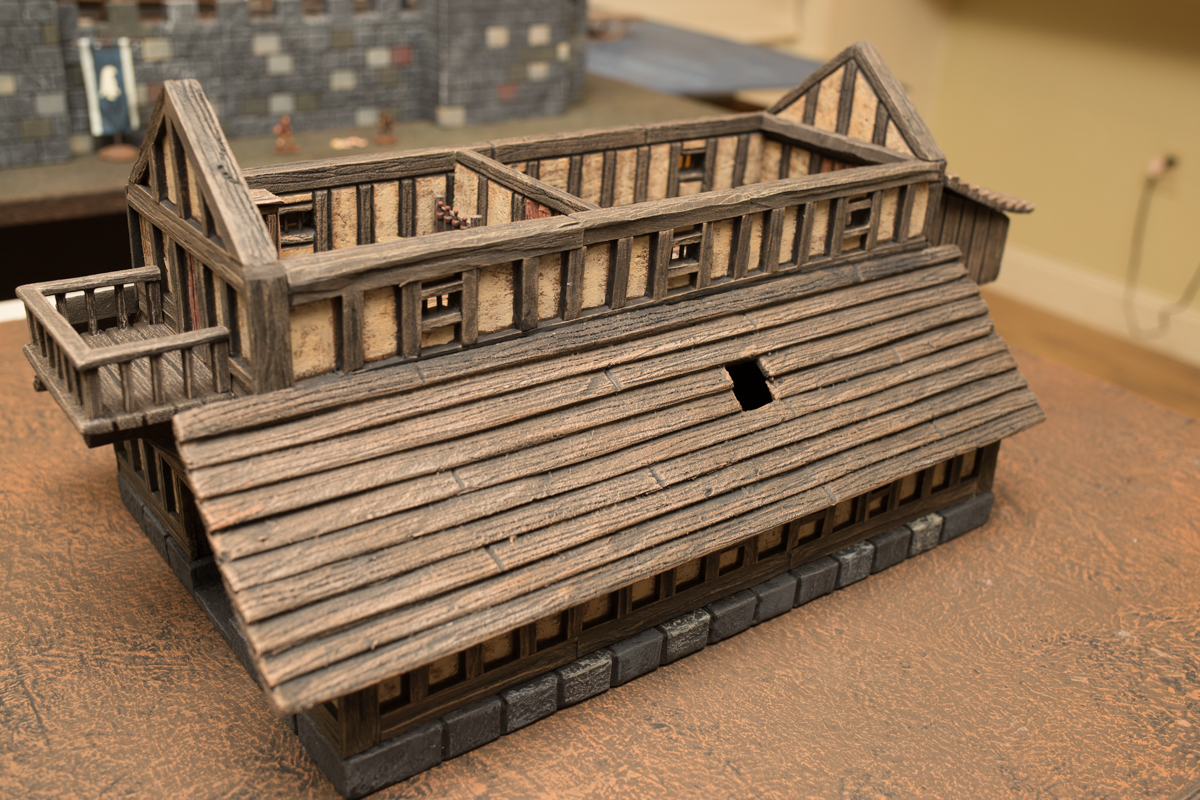
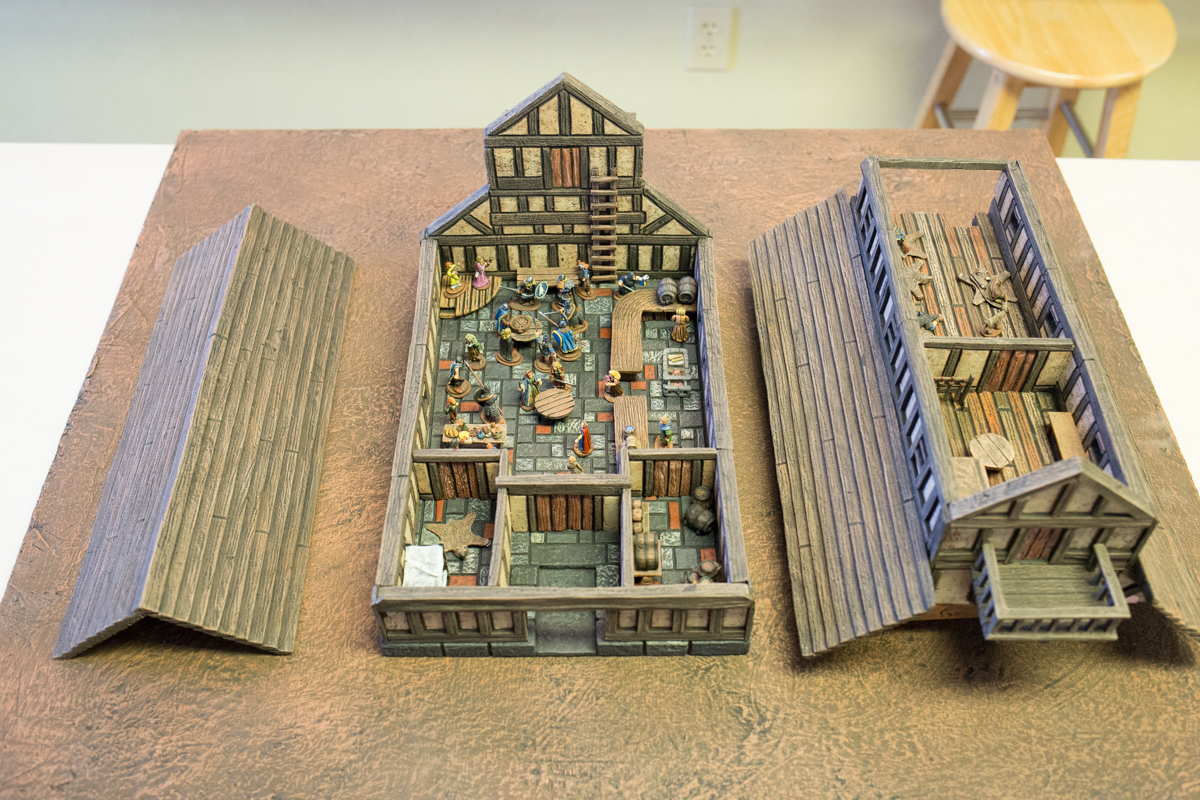
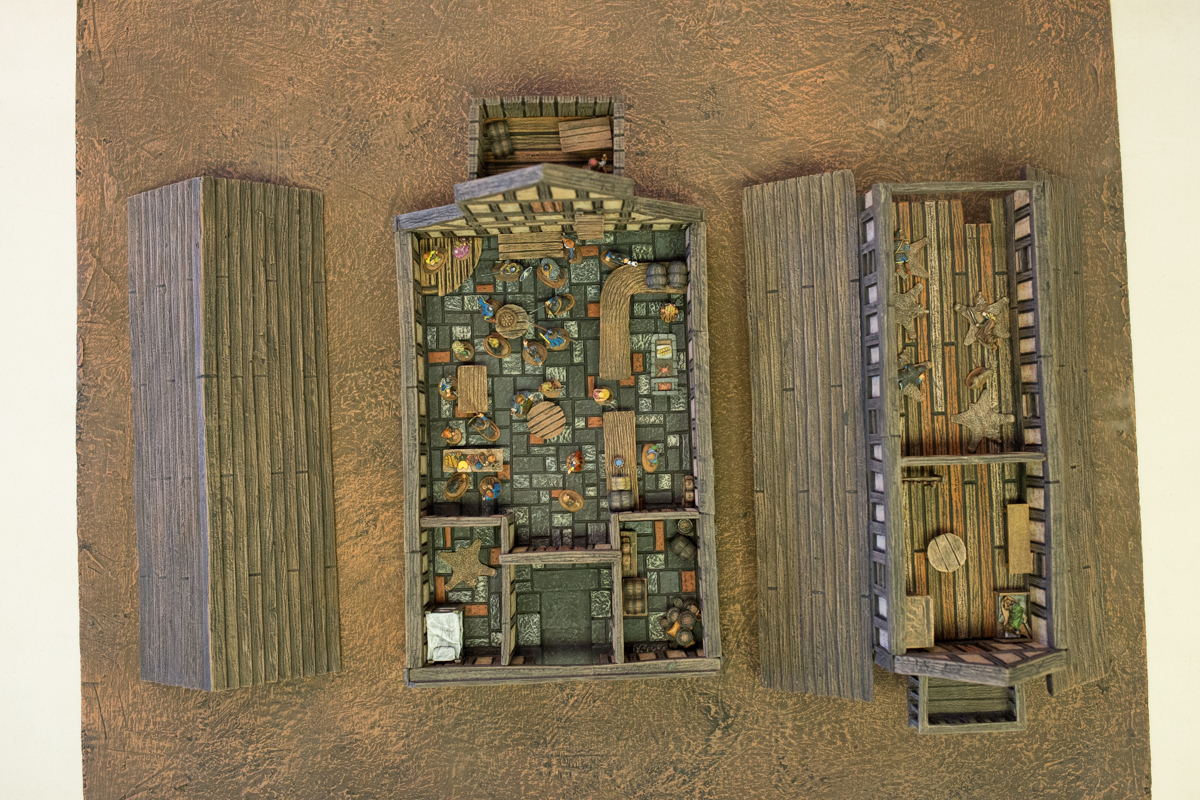
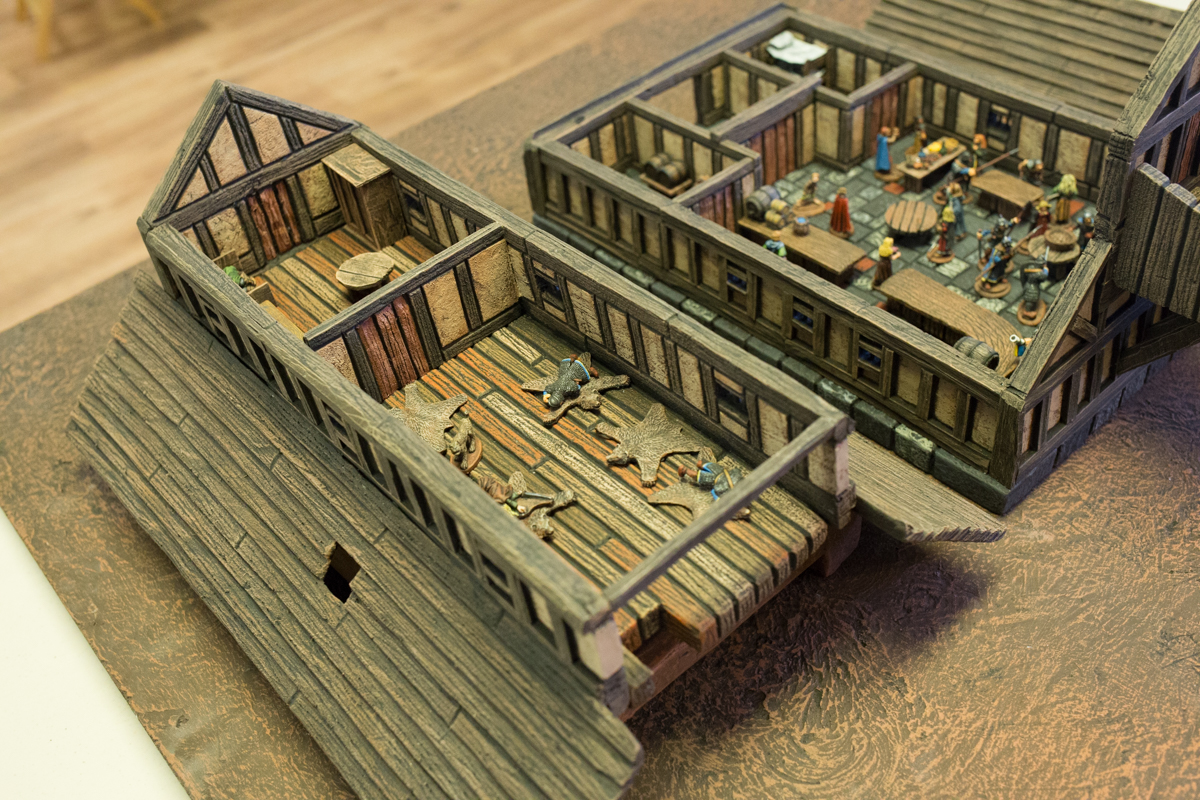
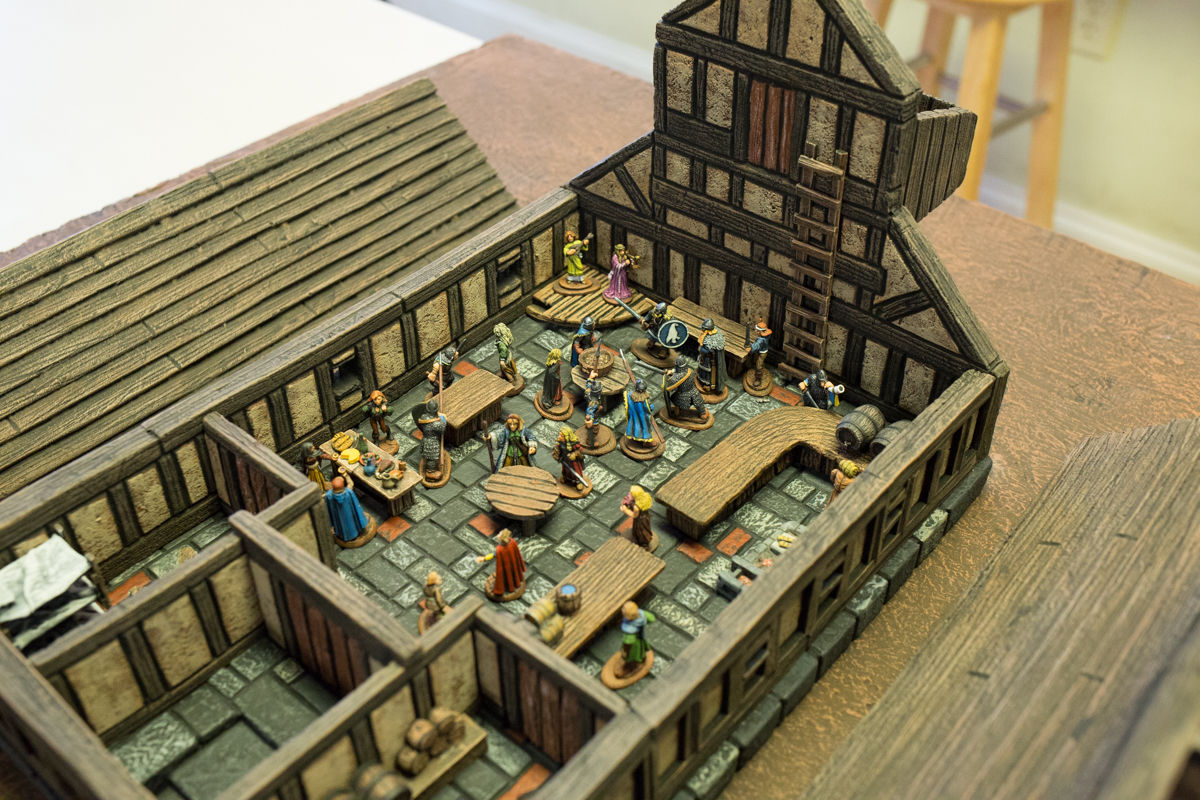
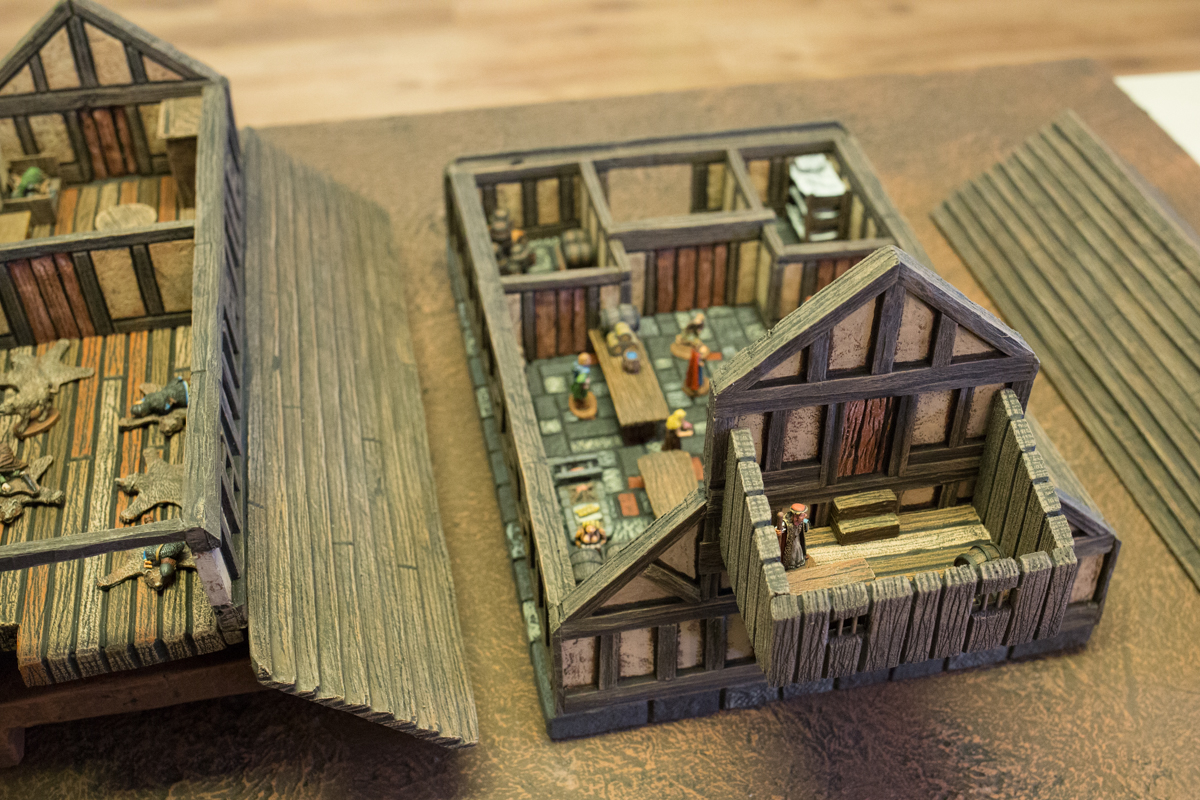

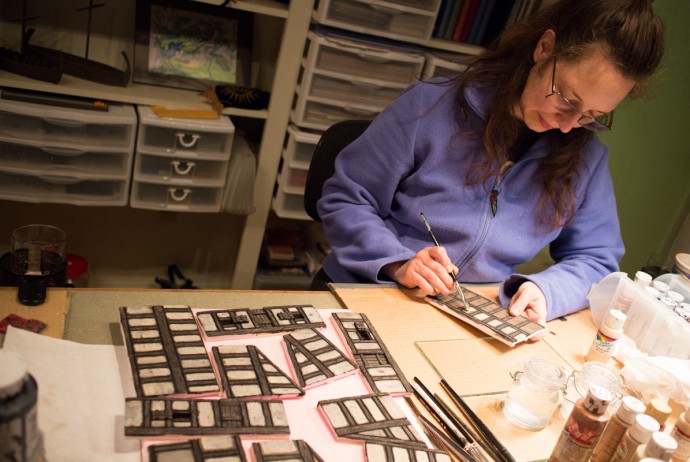
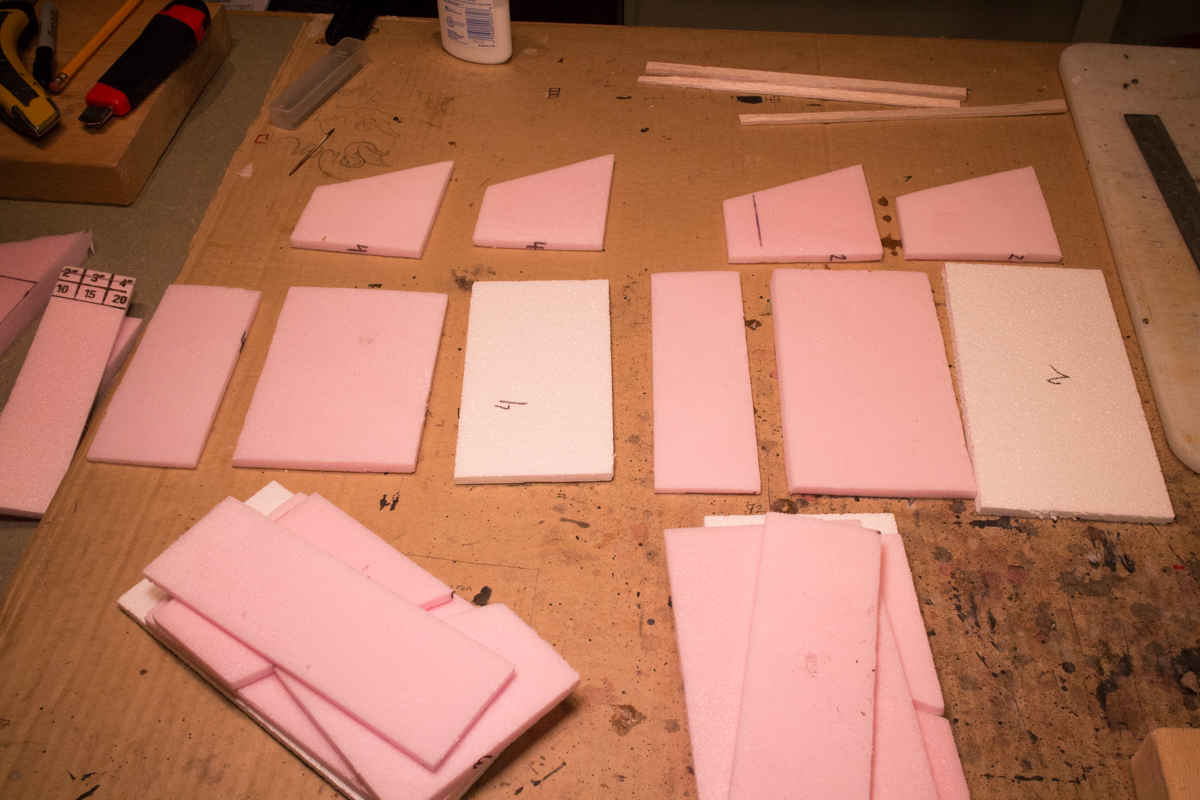
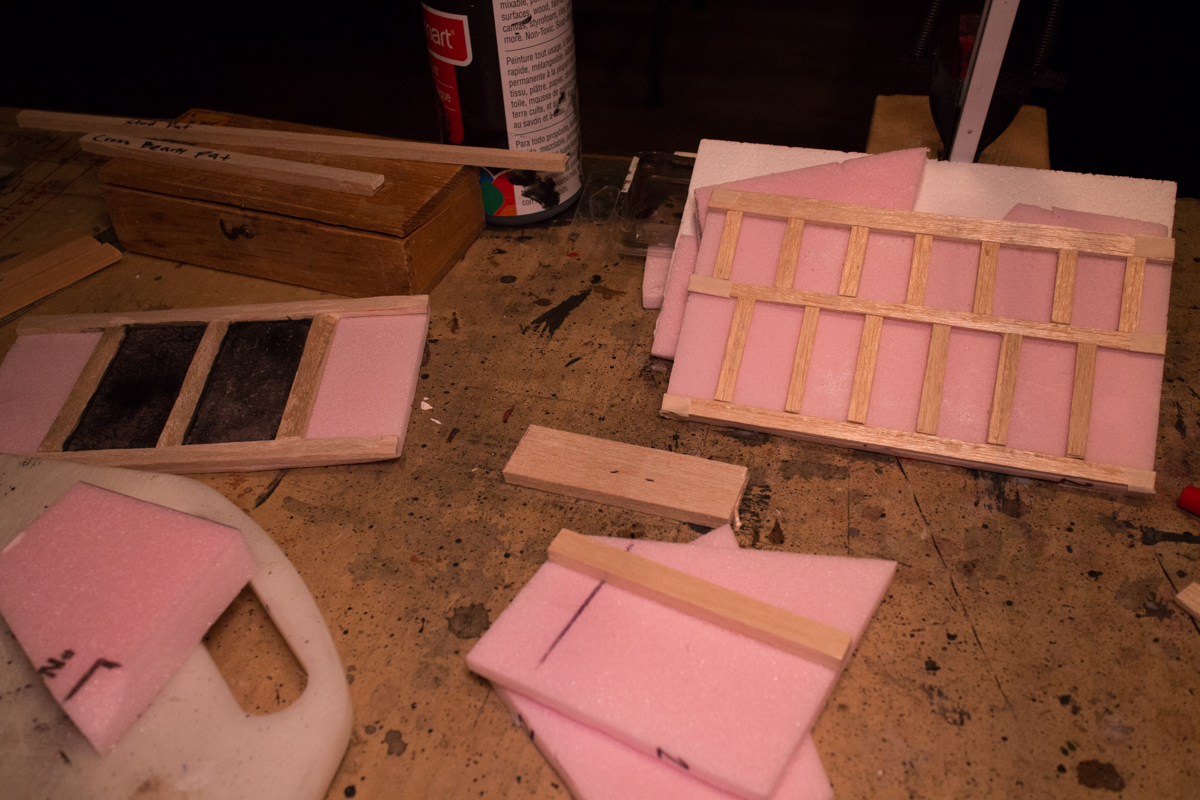
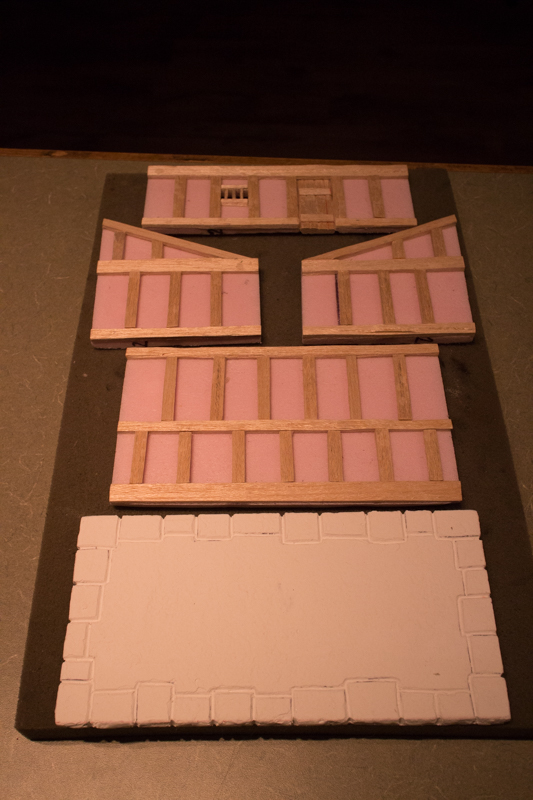
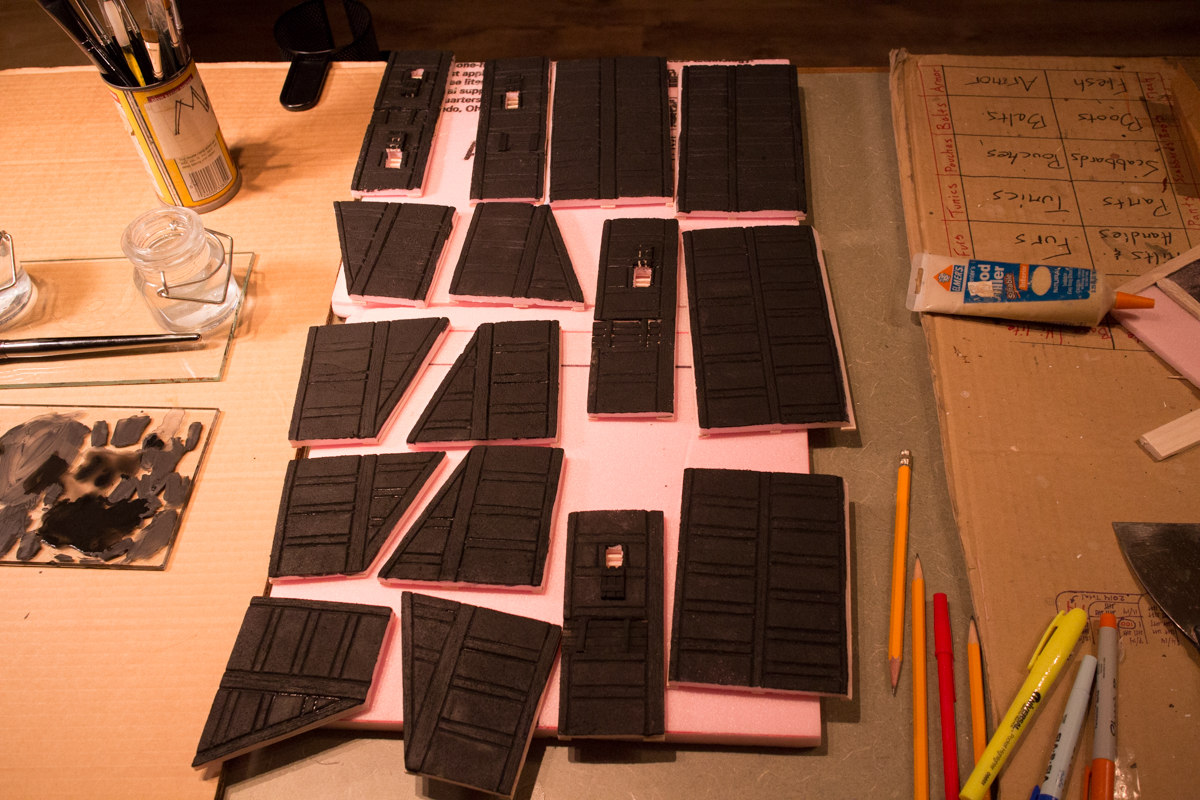
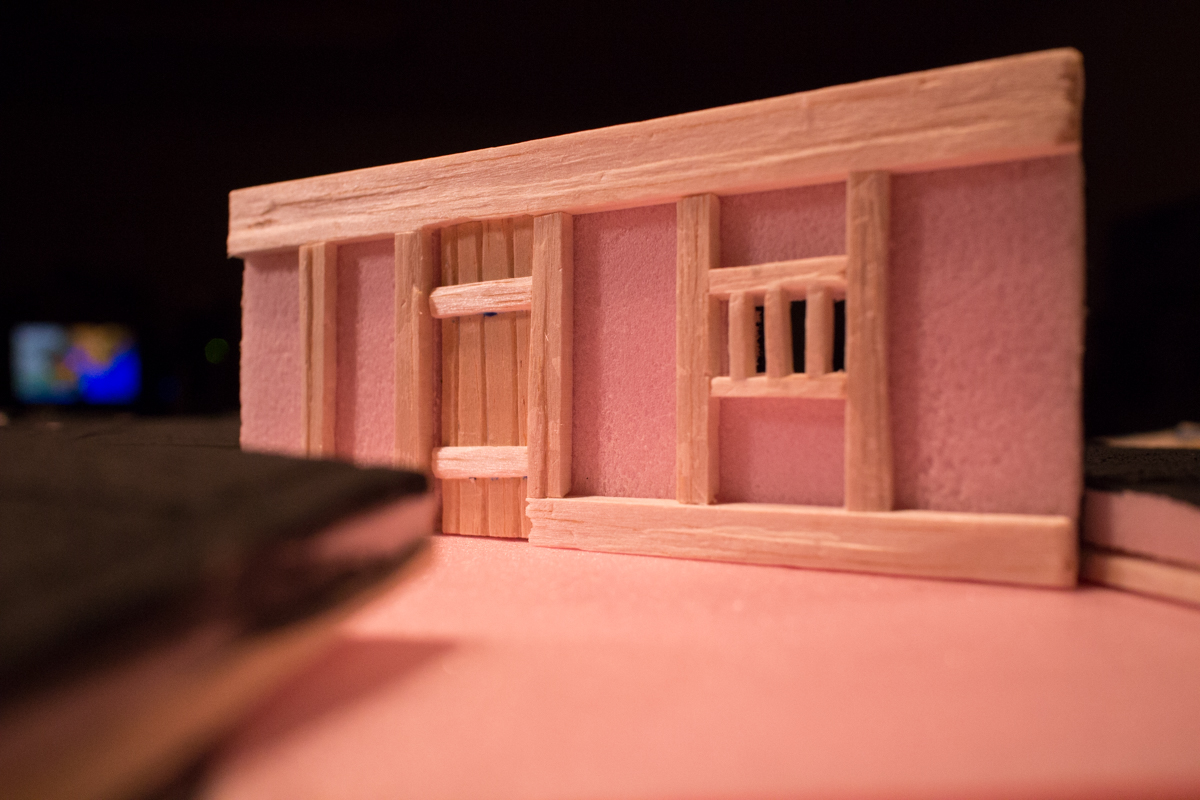
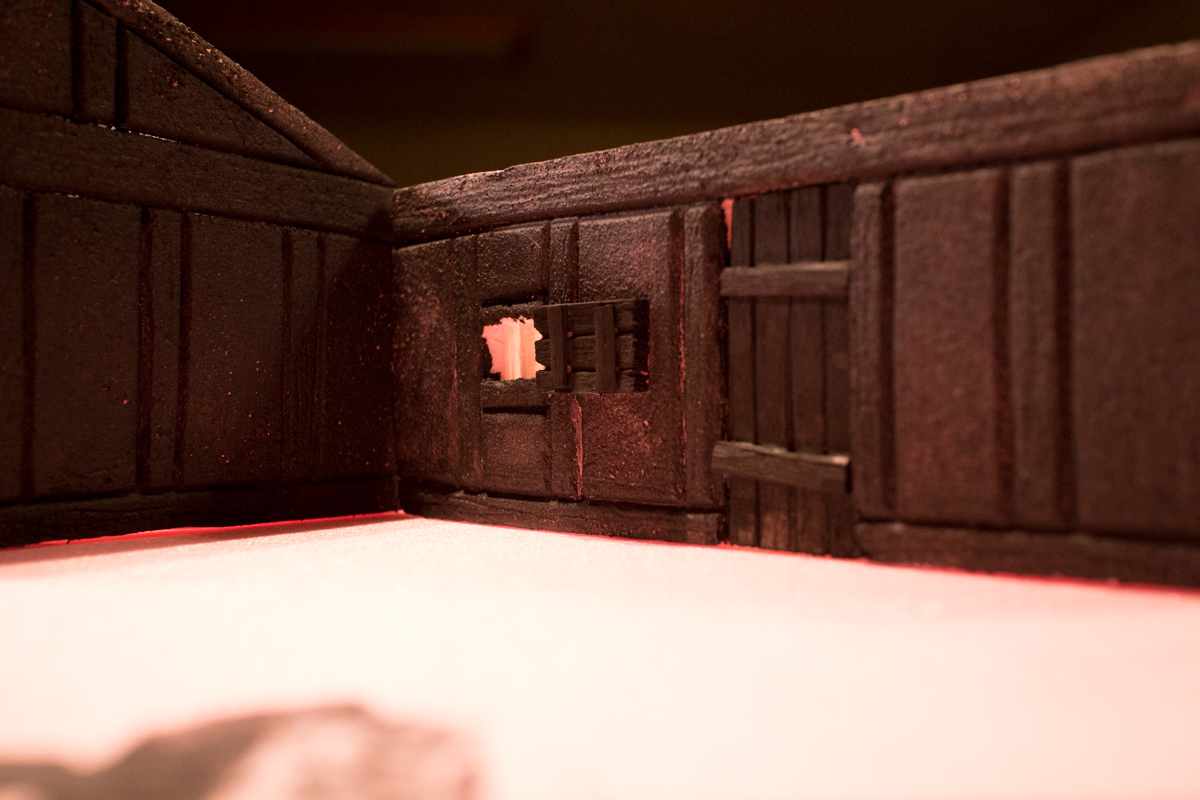
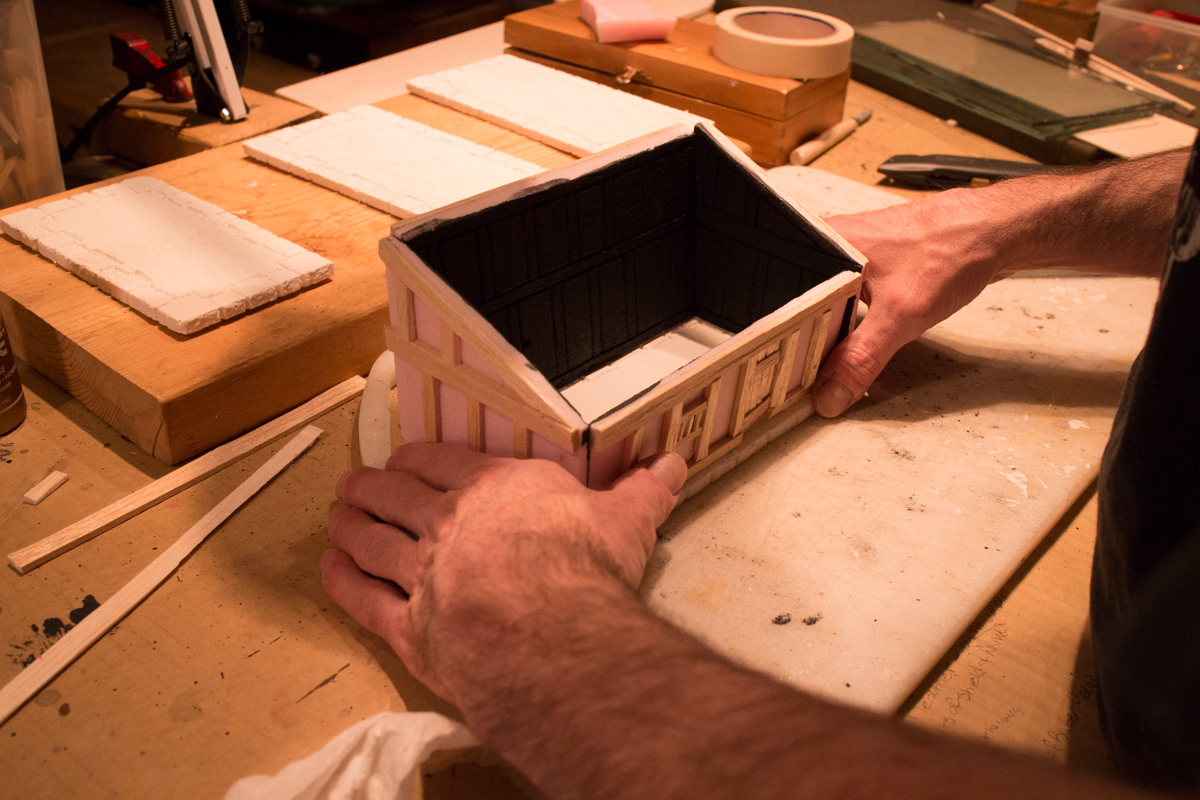


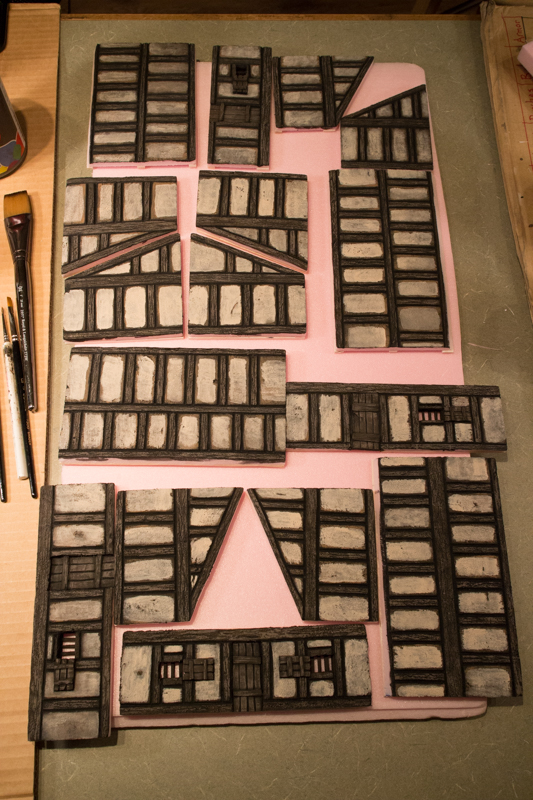
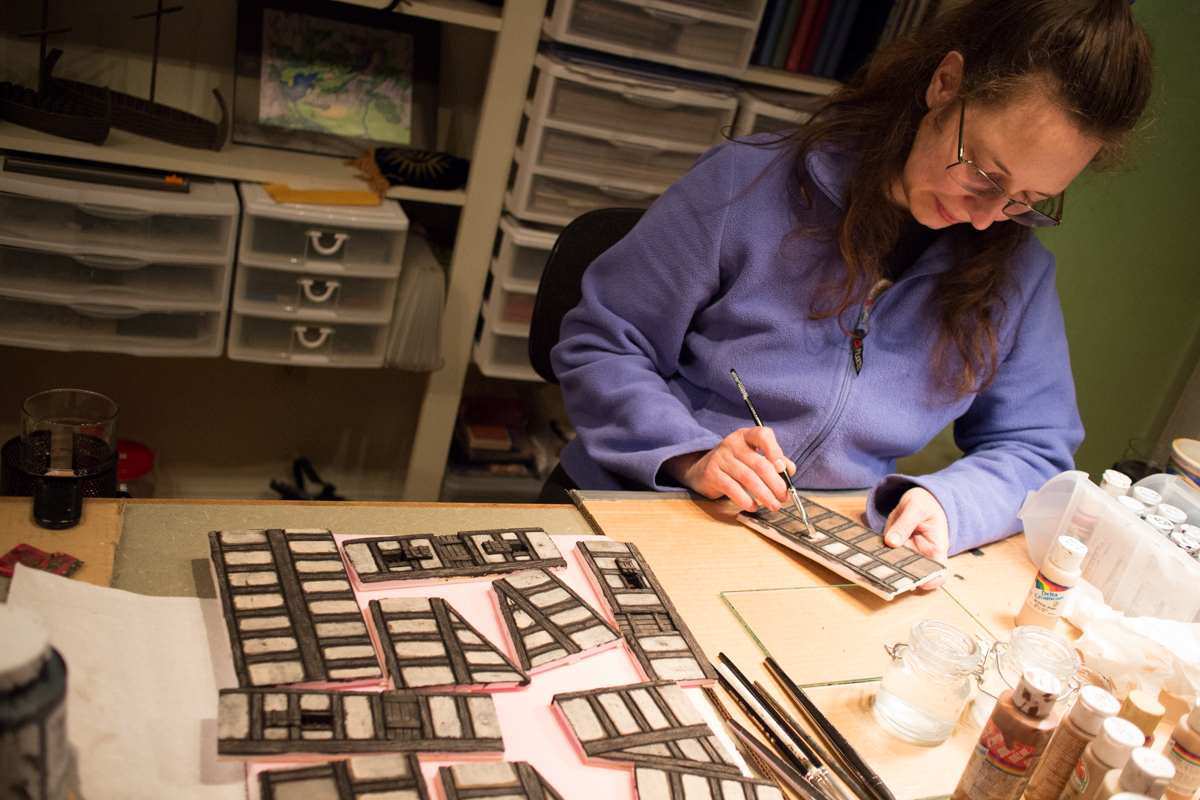
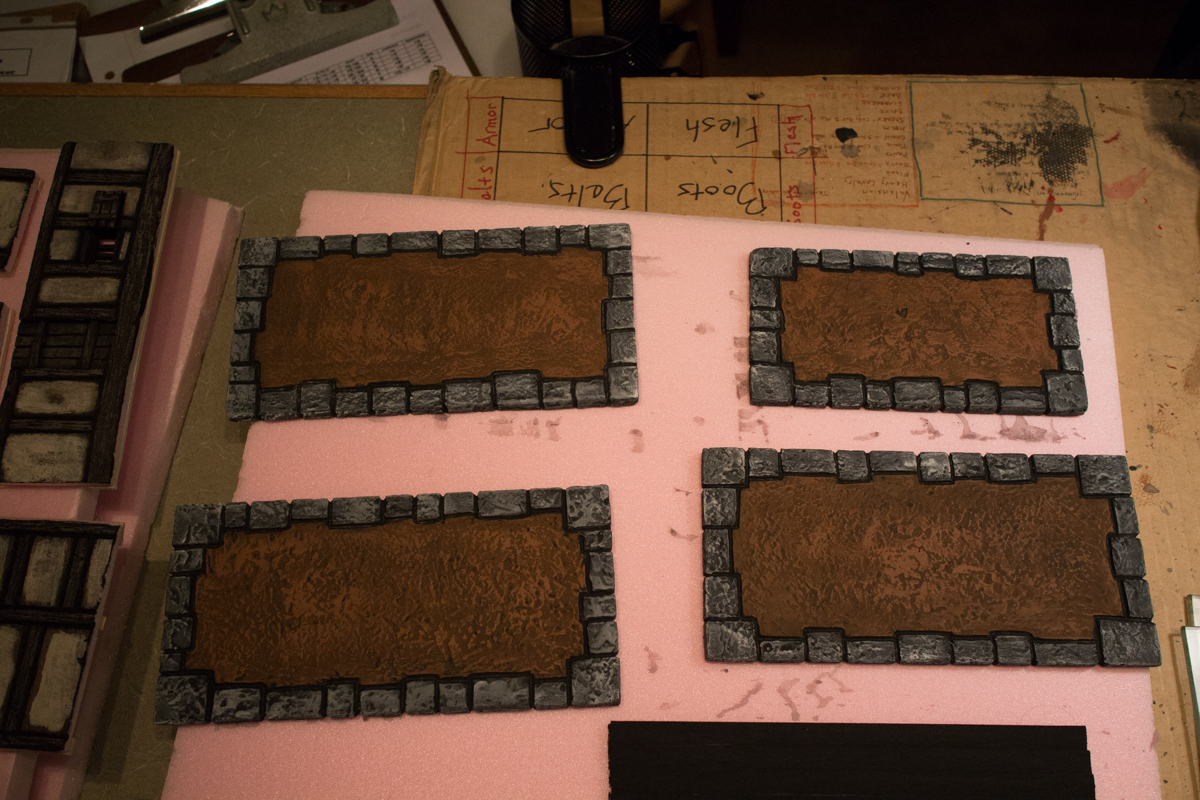
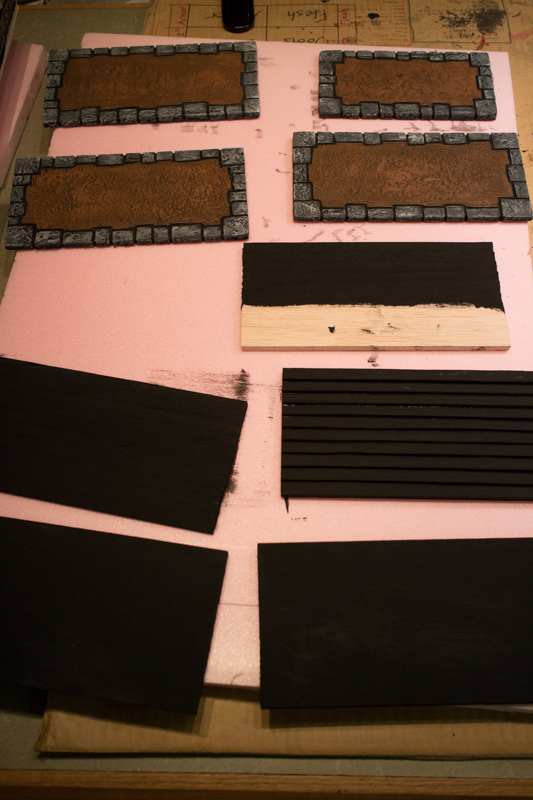
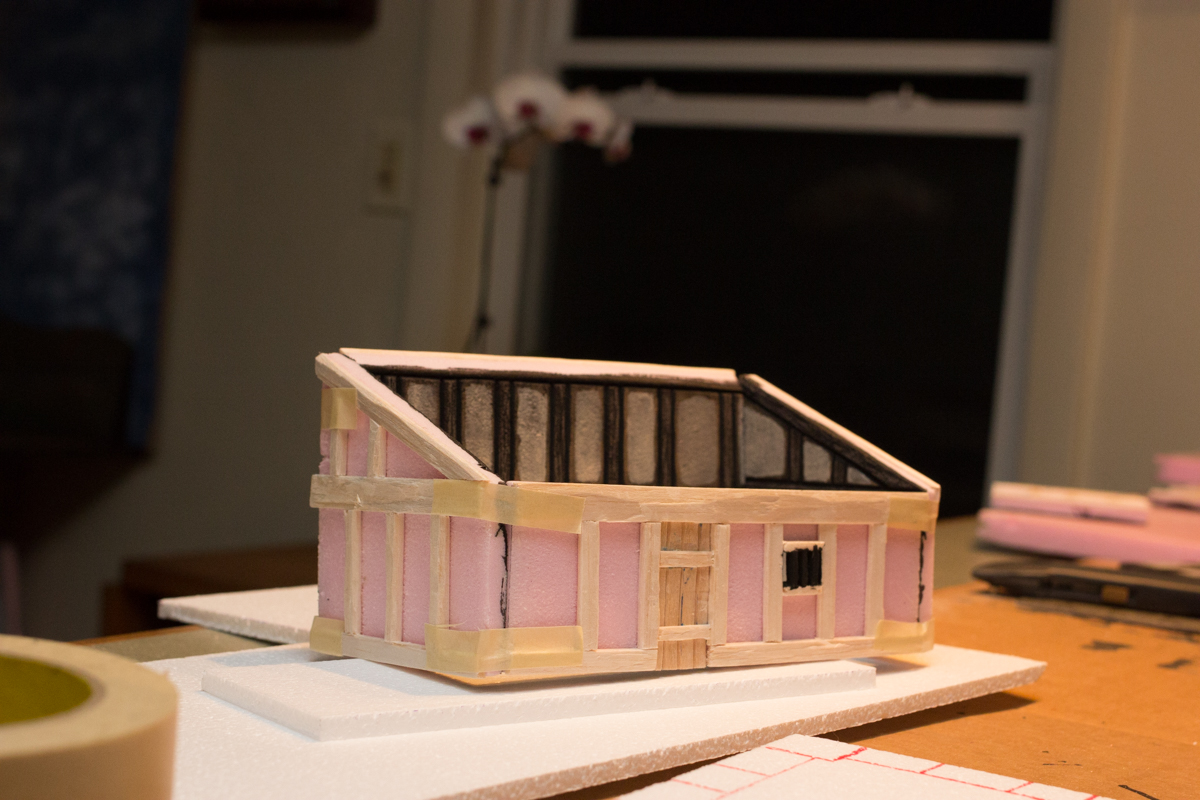
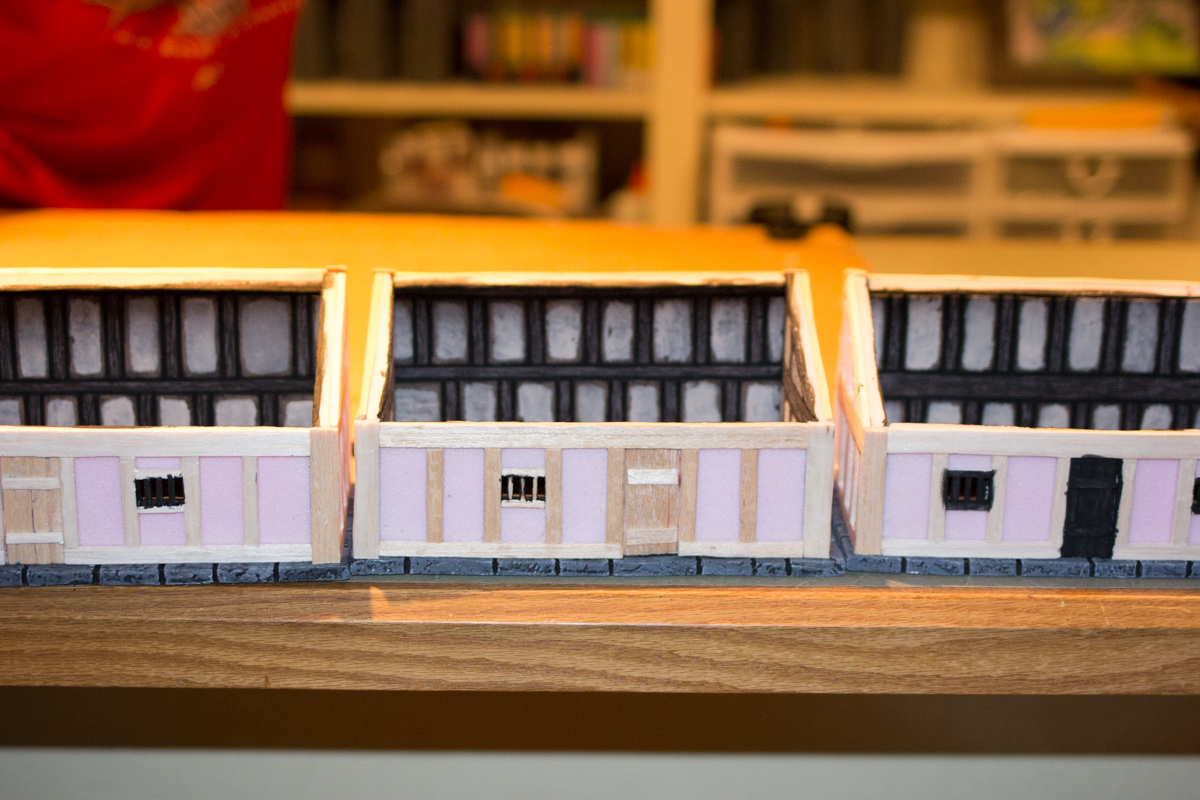
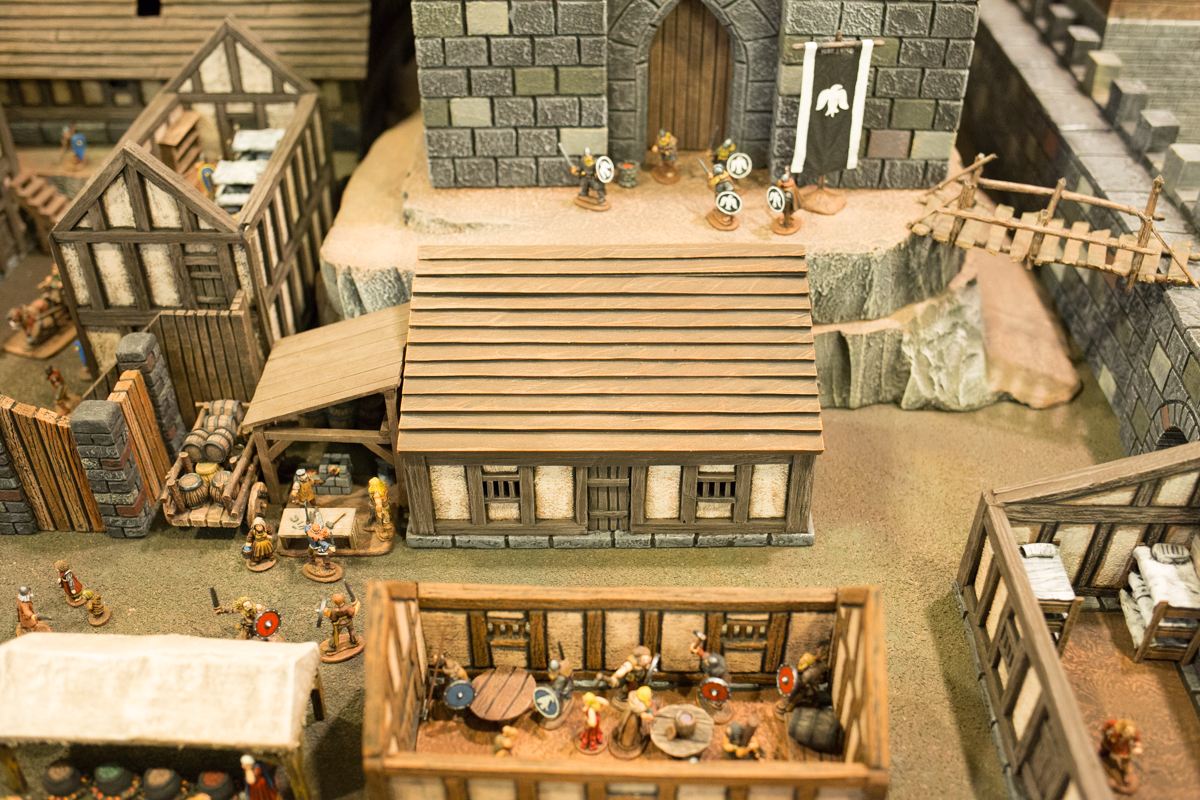
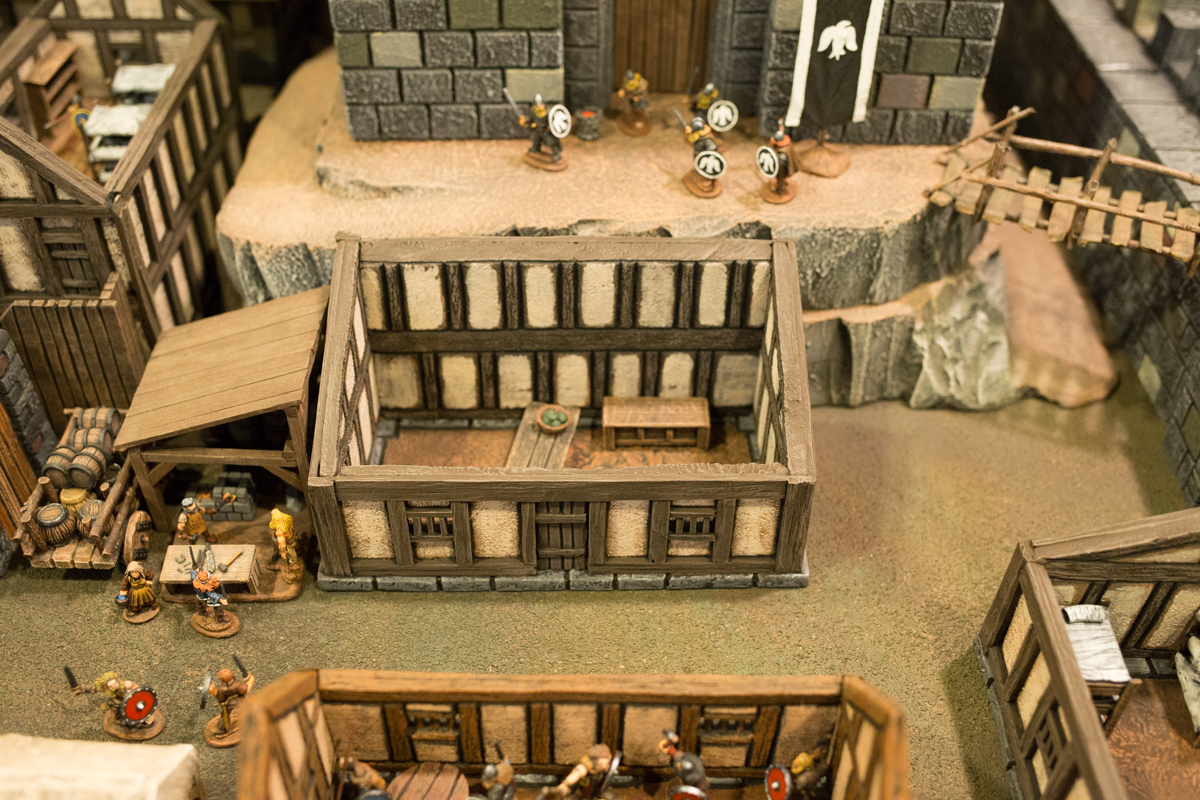
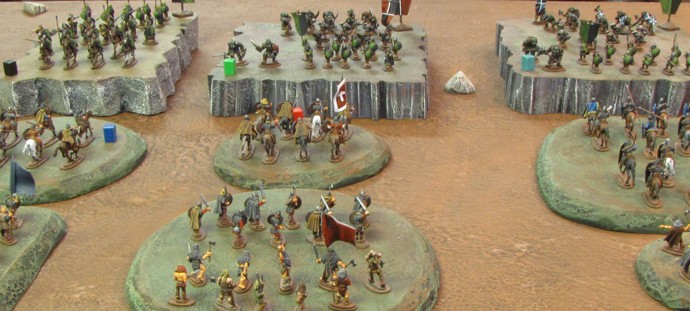
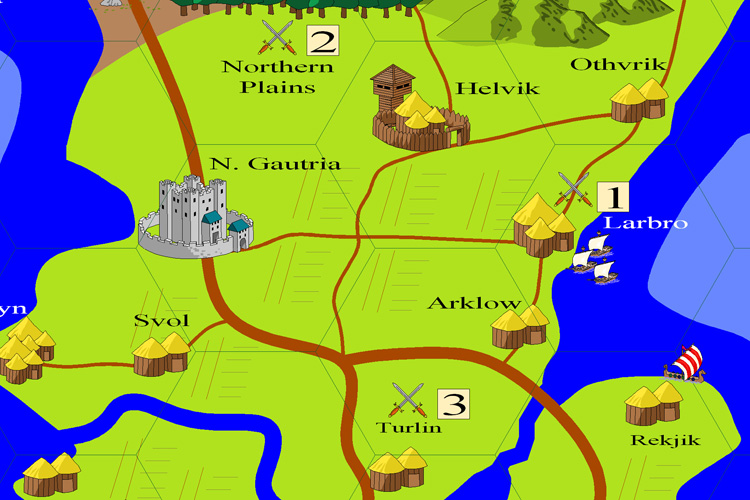

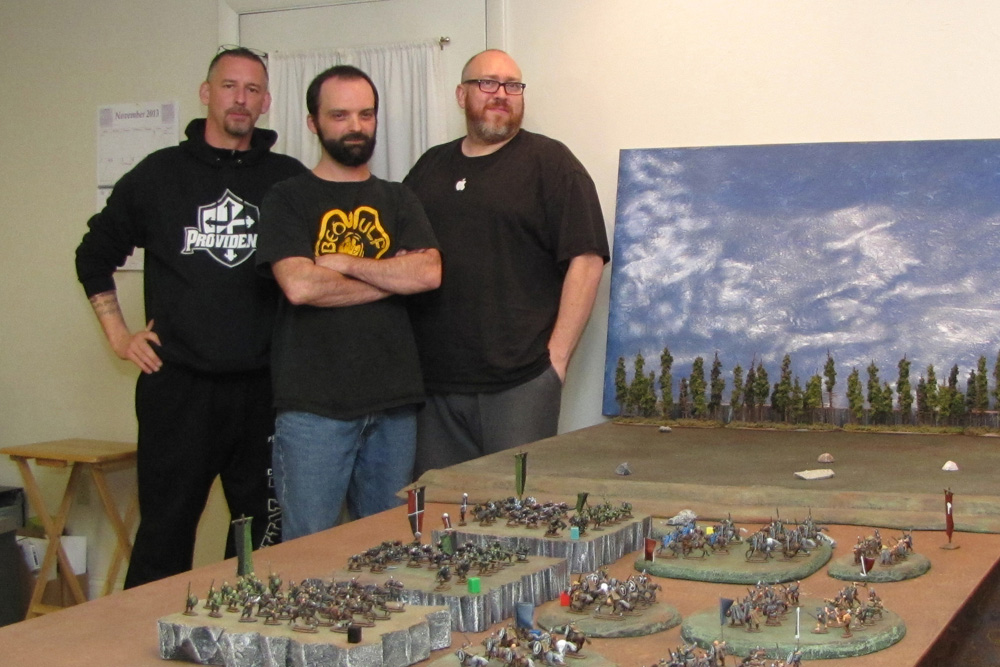

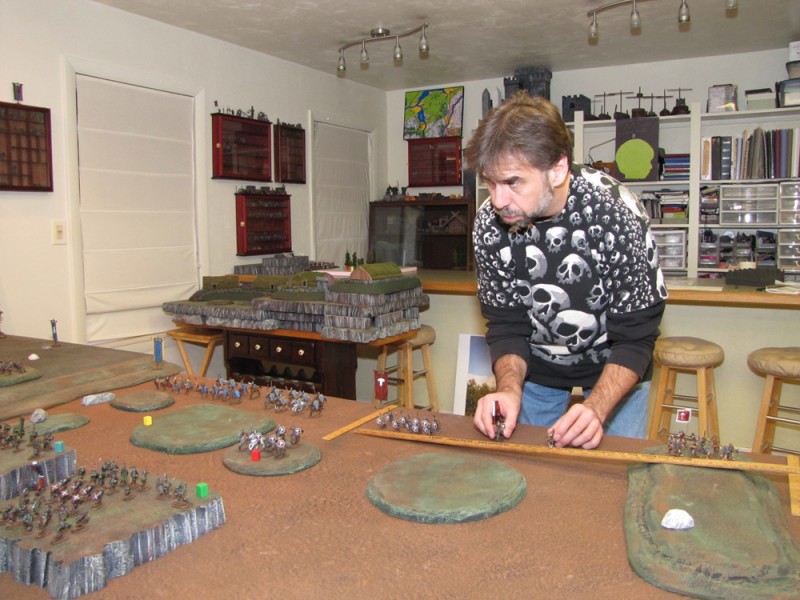
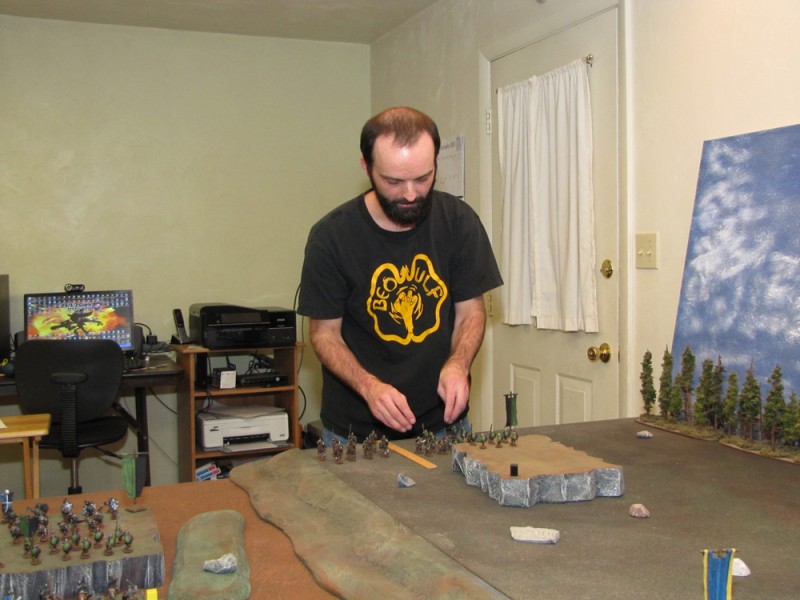
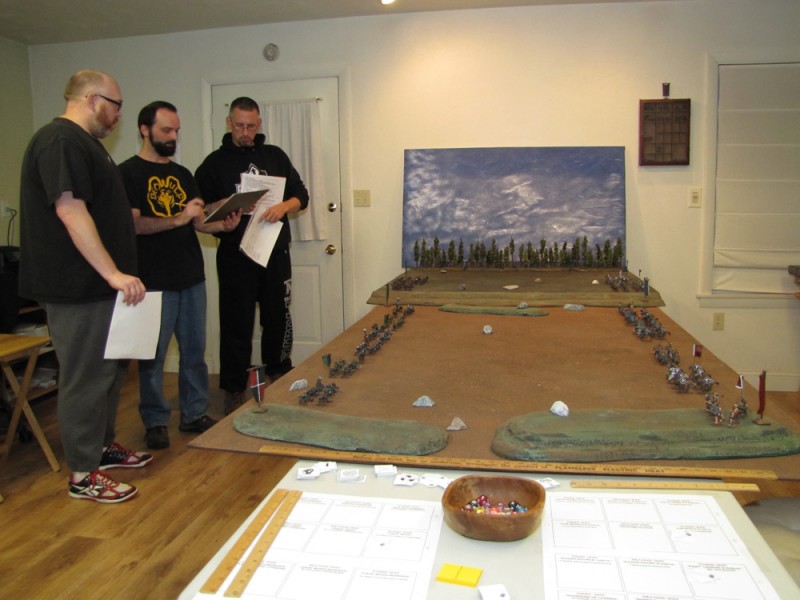
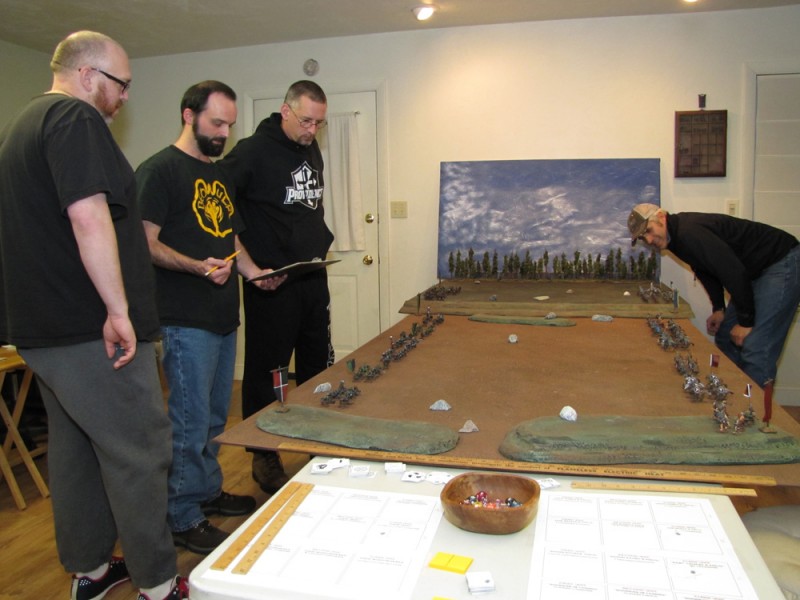
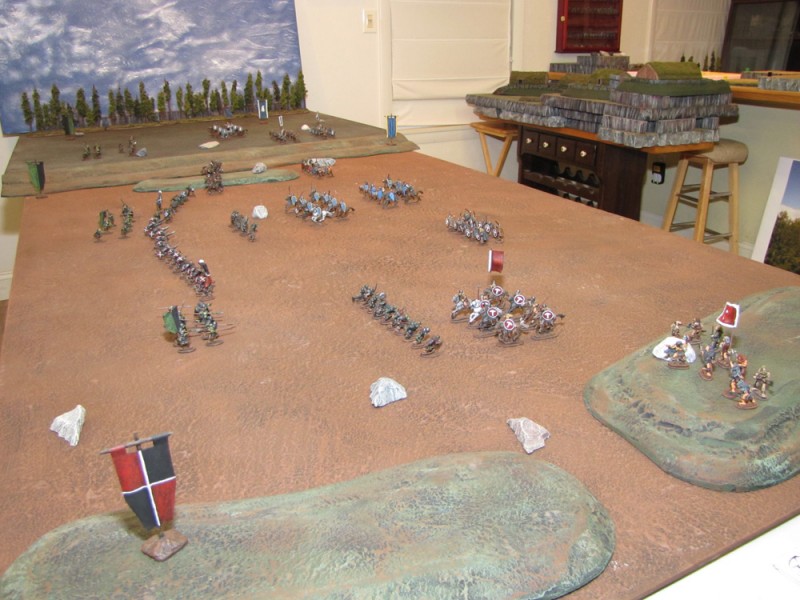
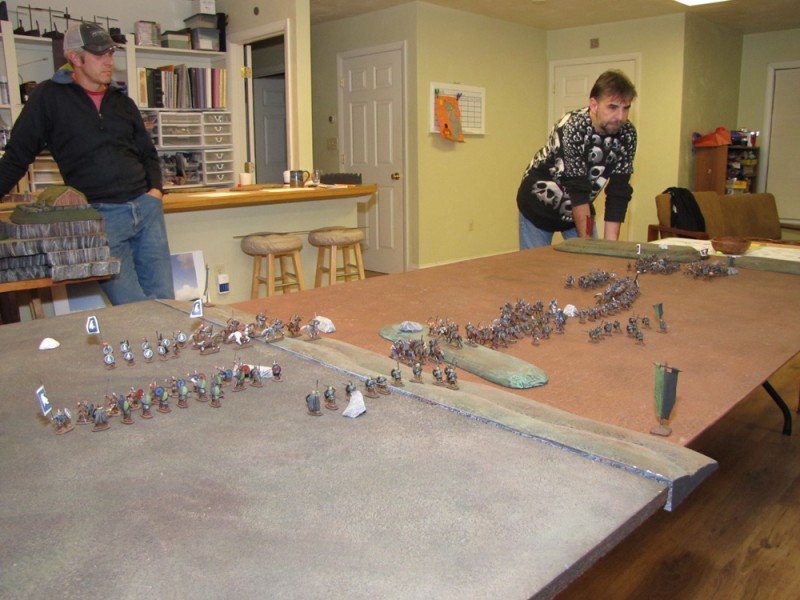
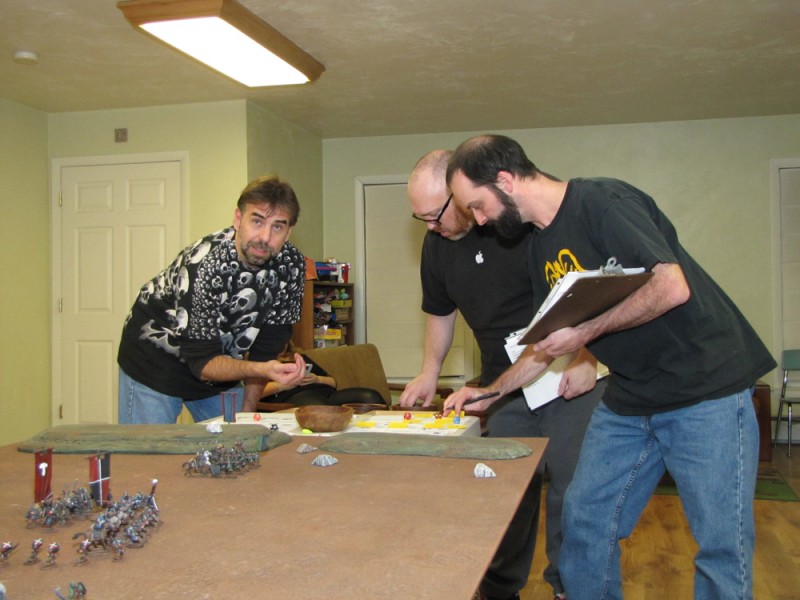
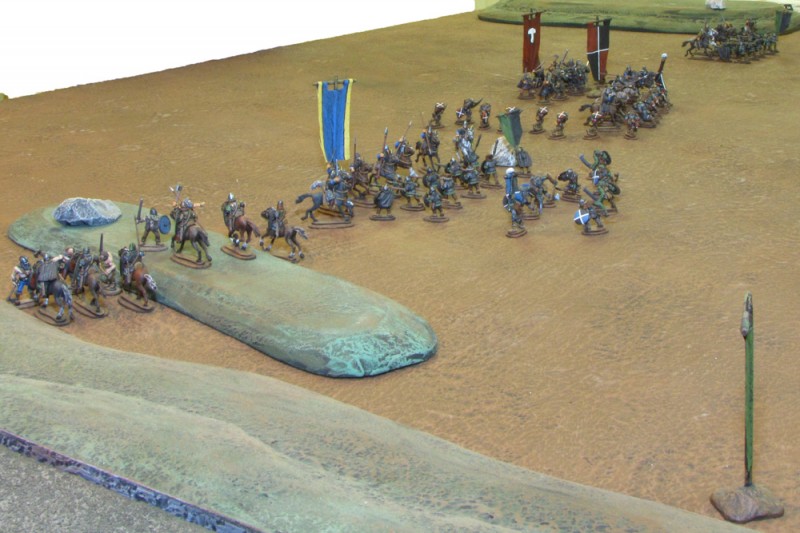

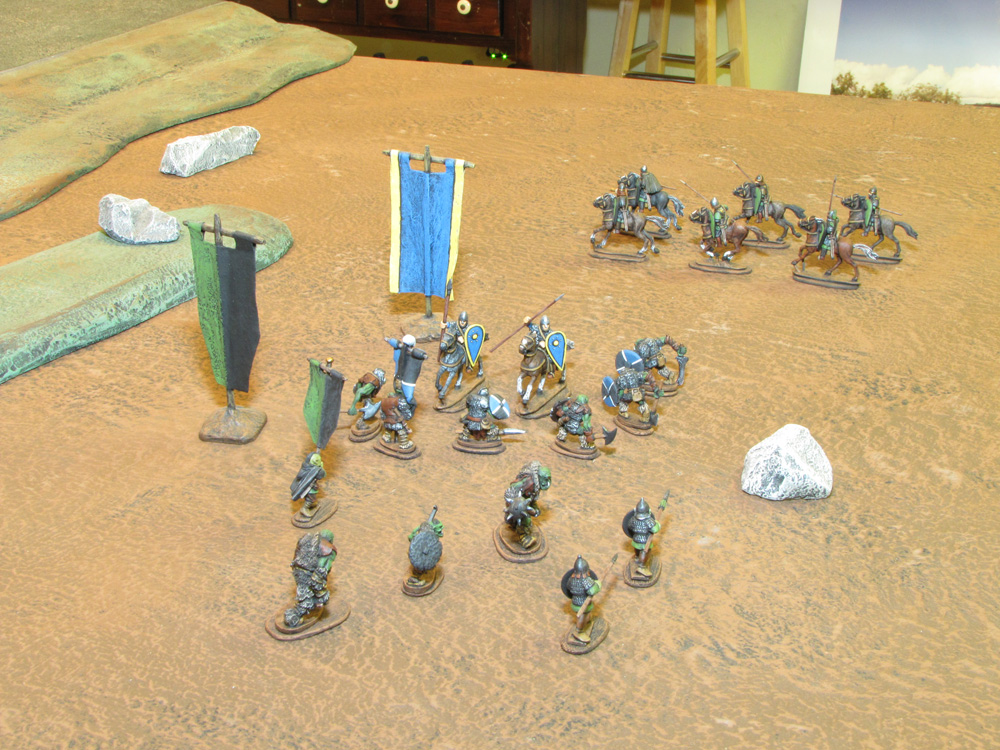
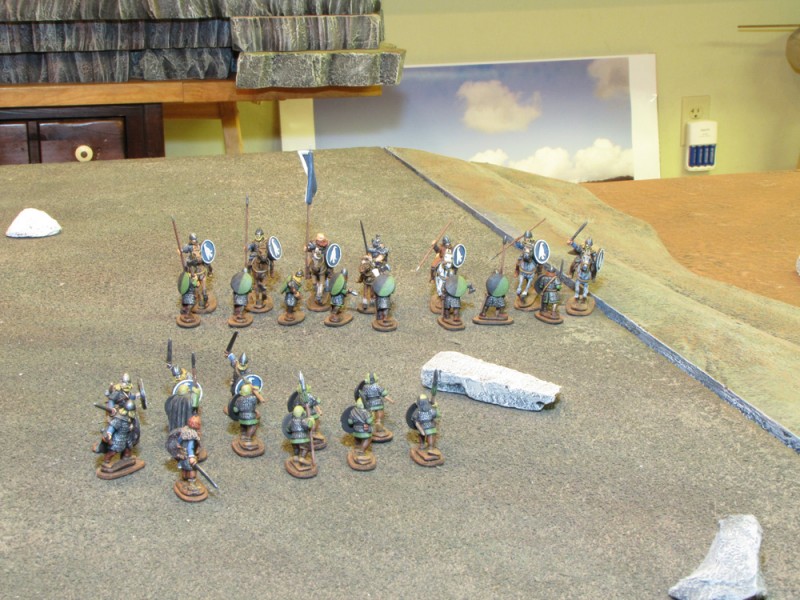
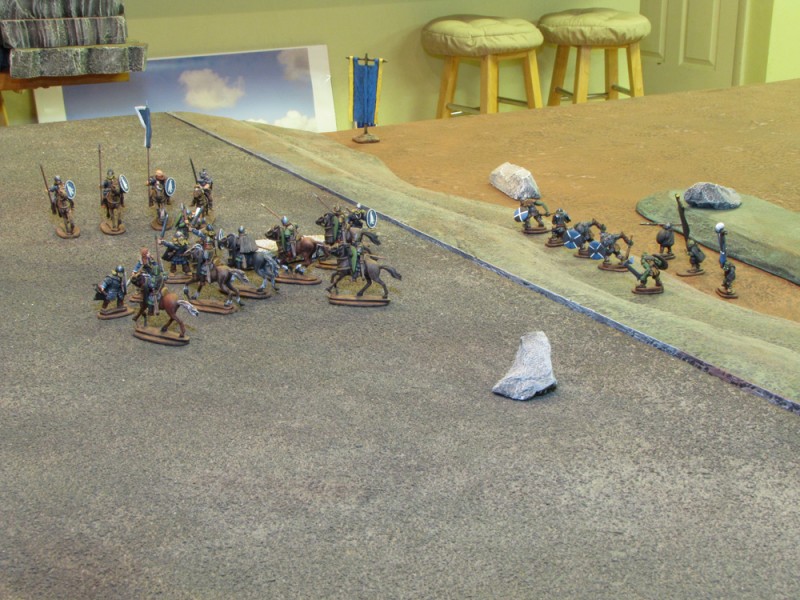
 Kingdom Under Siege
Kingdom Under Siege